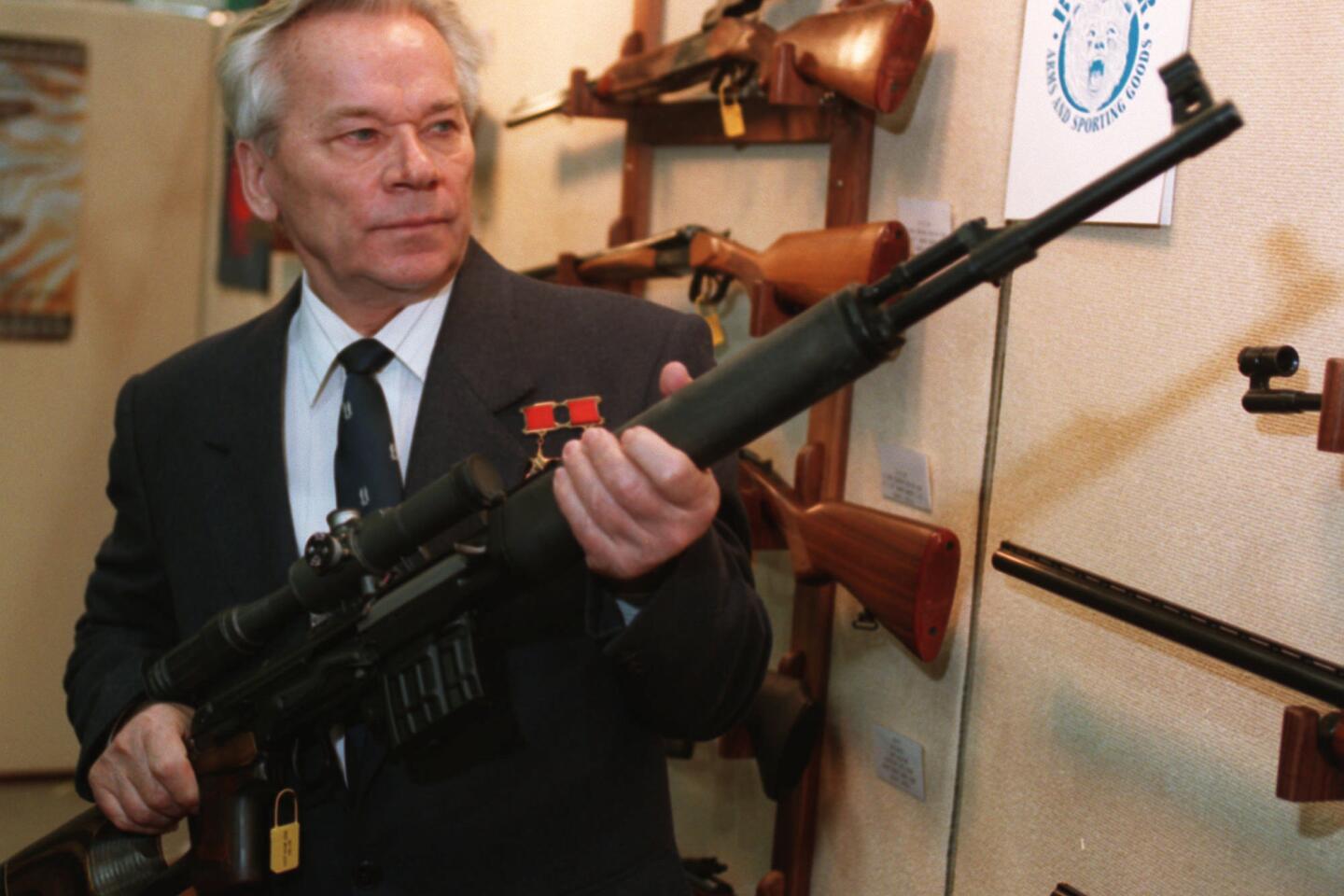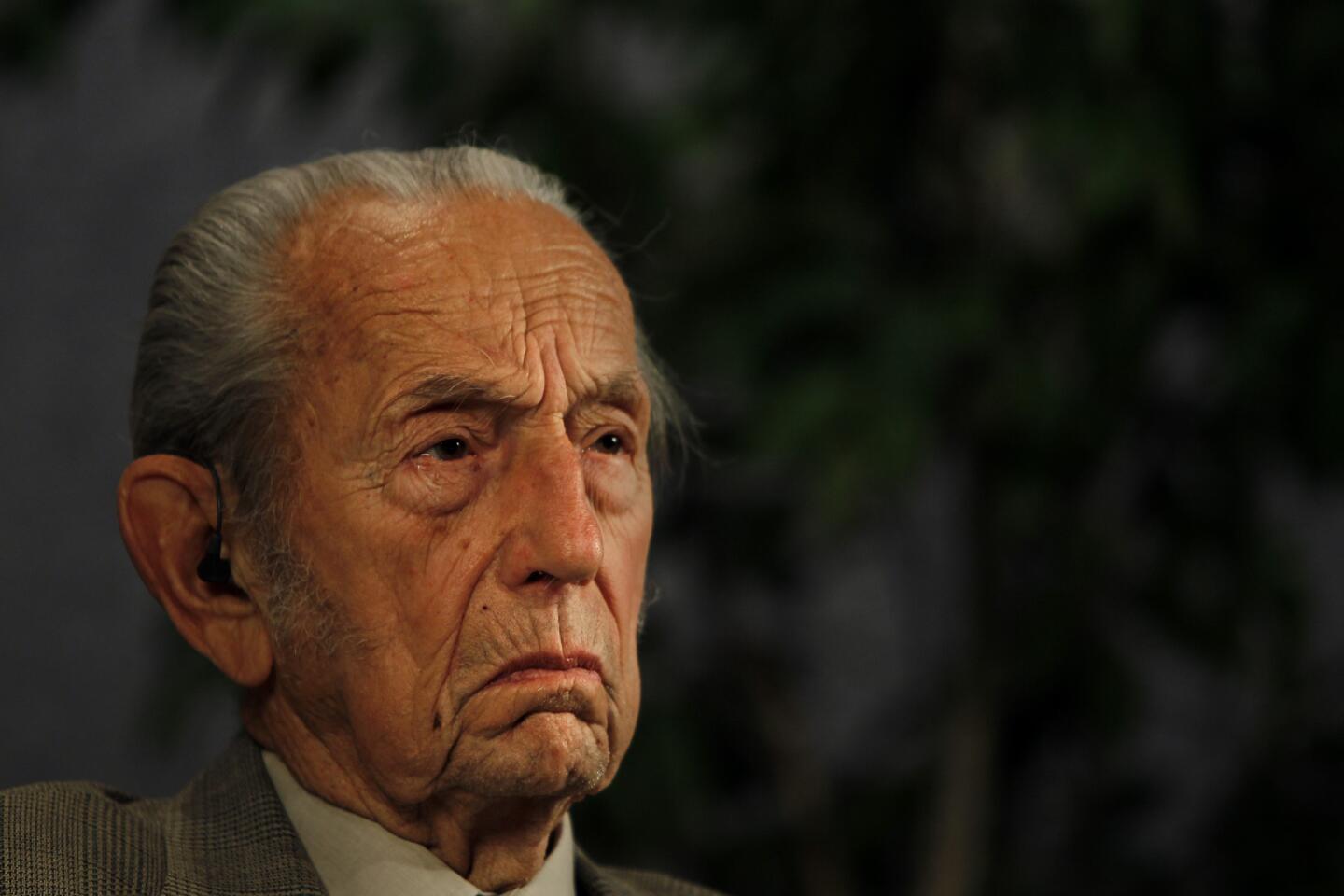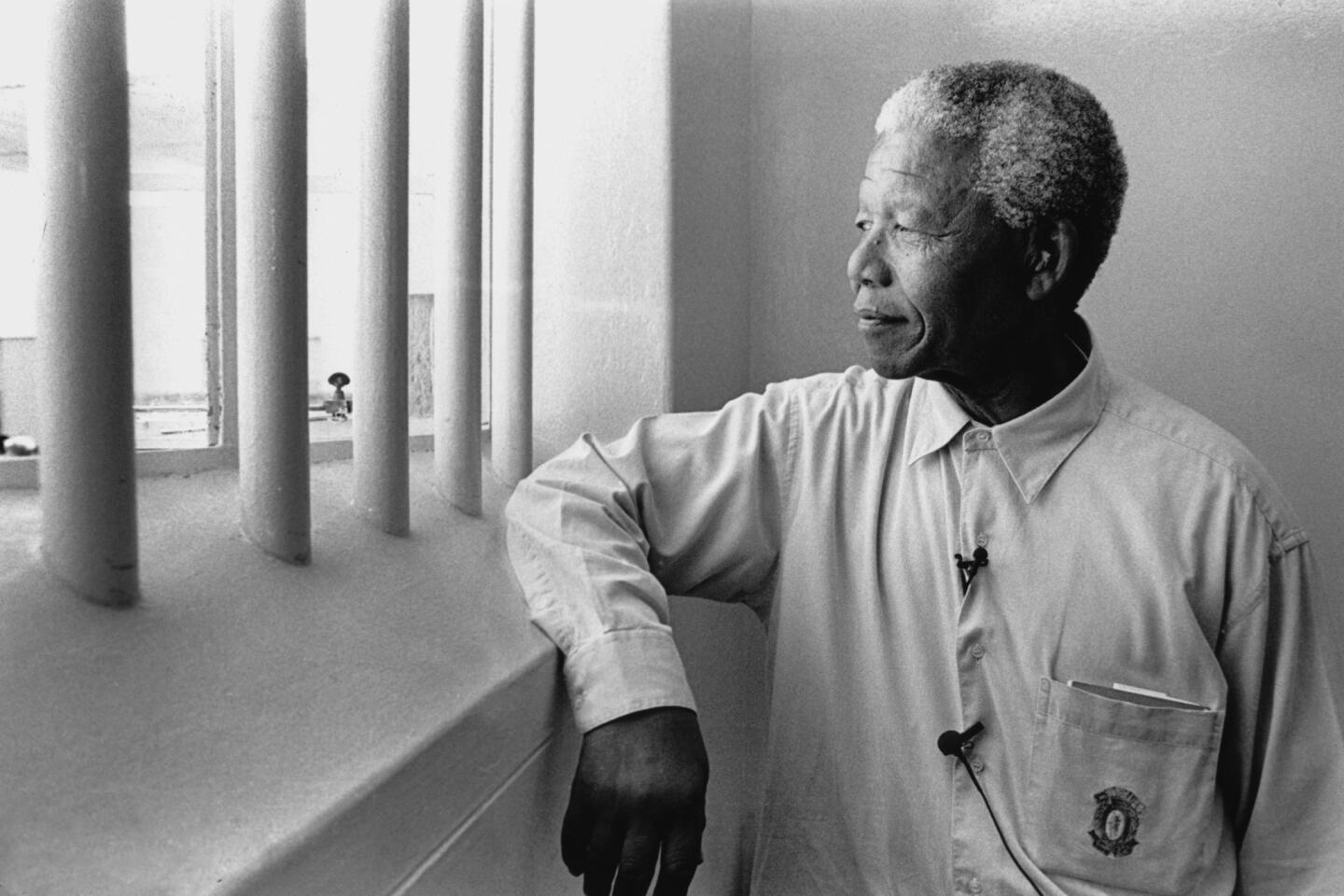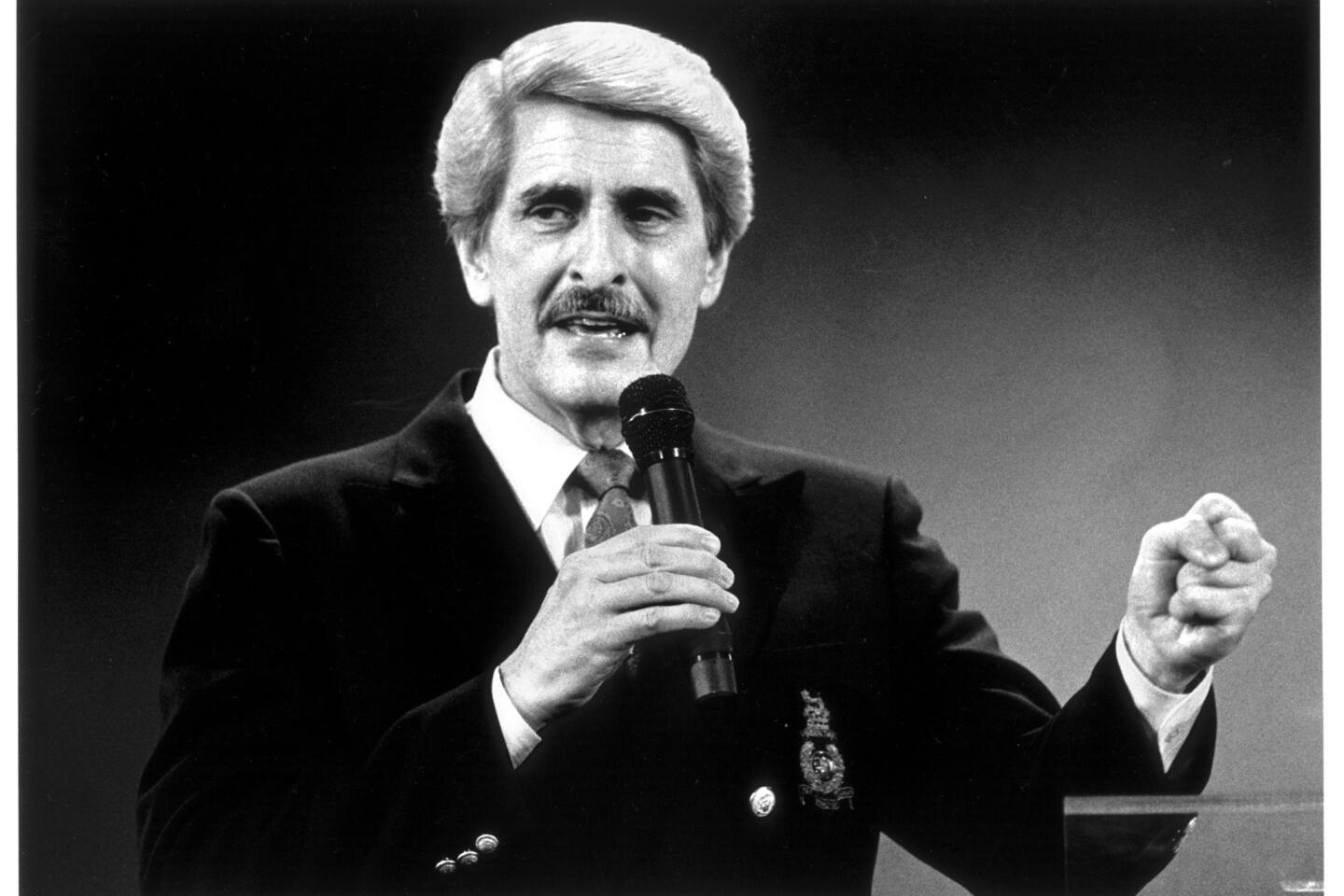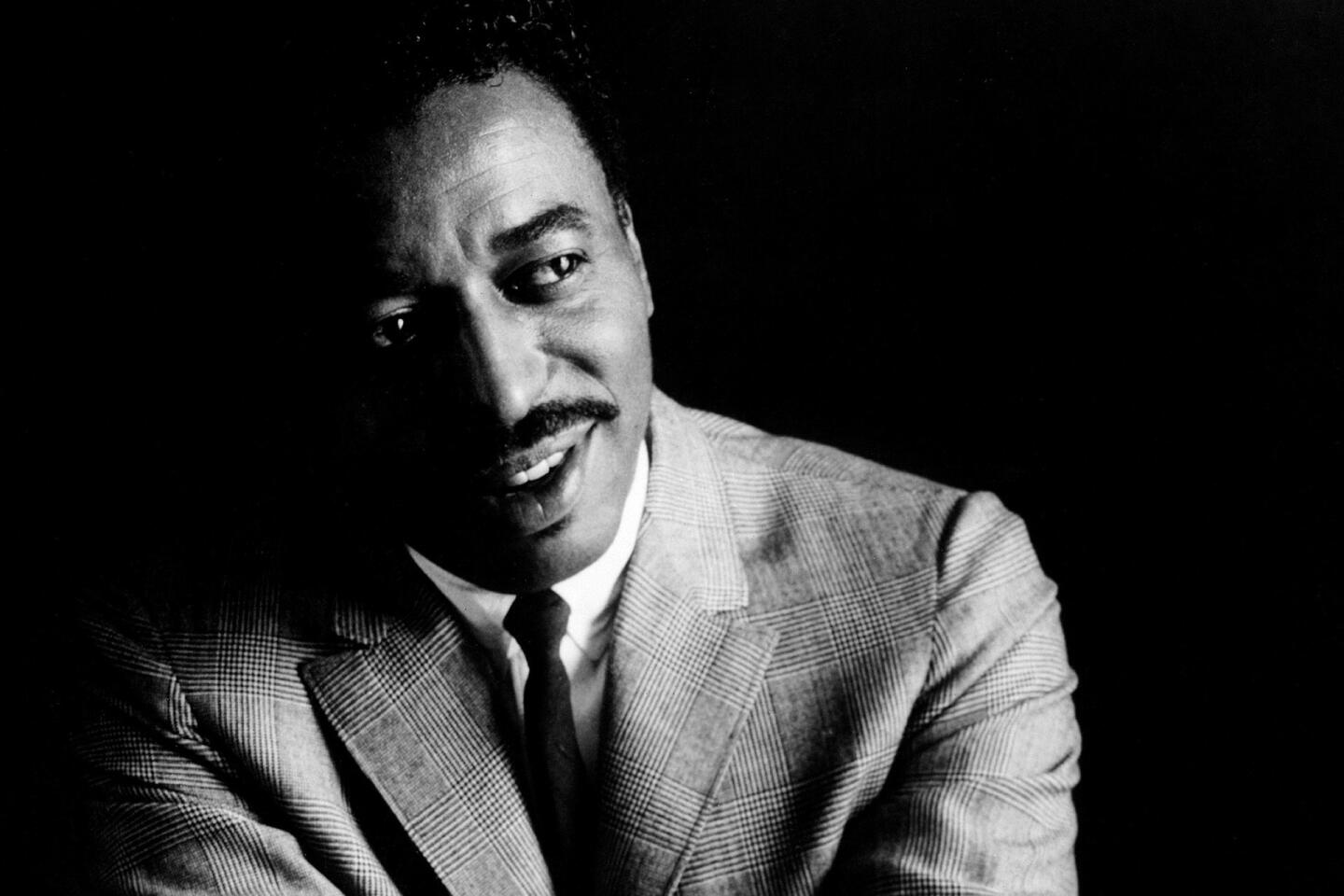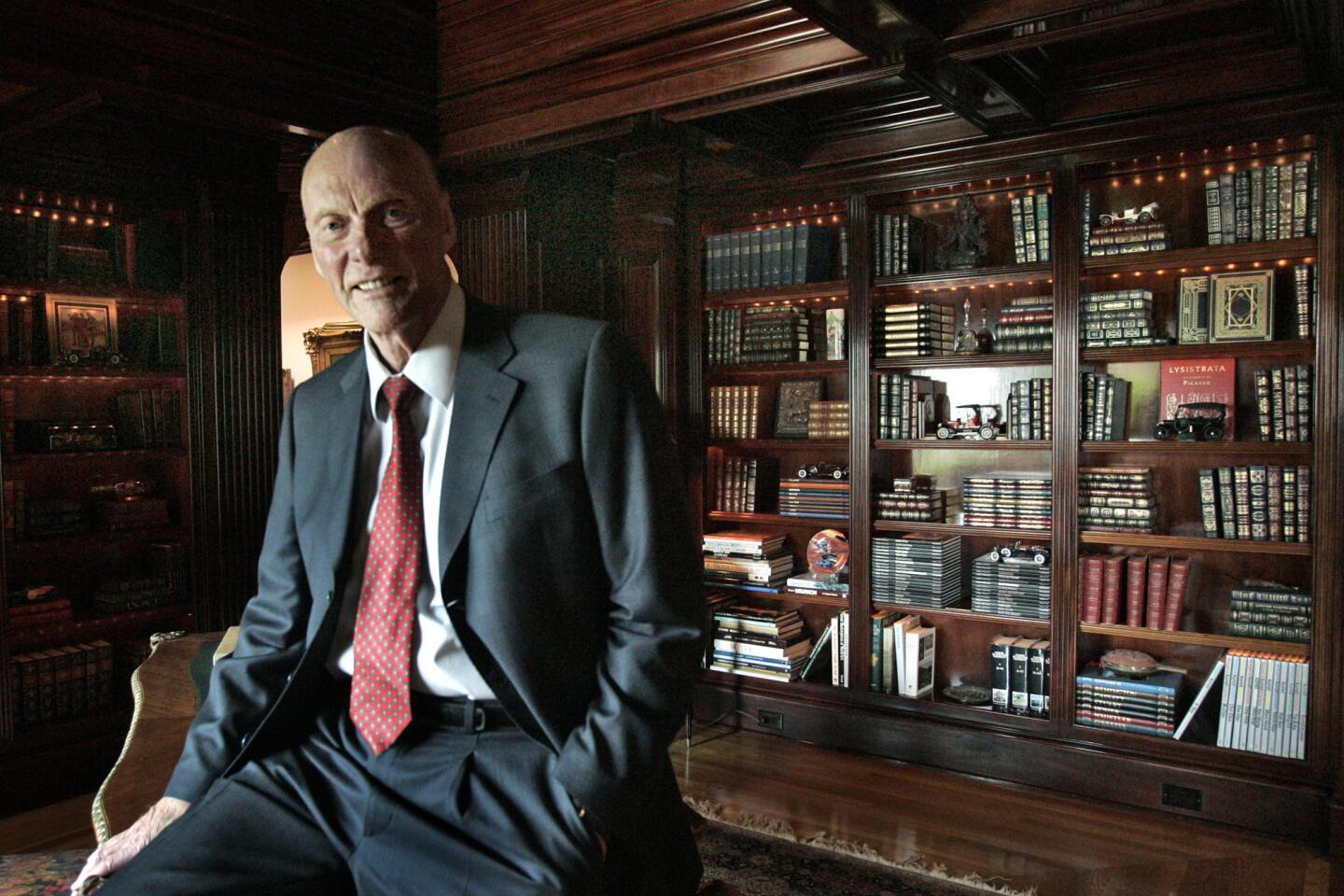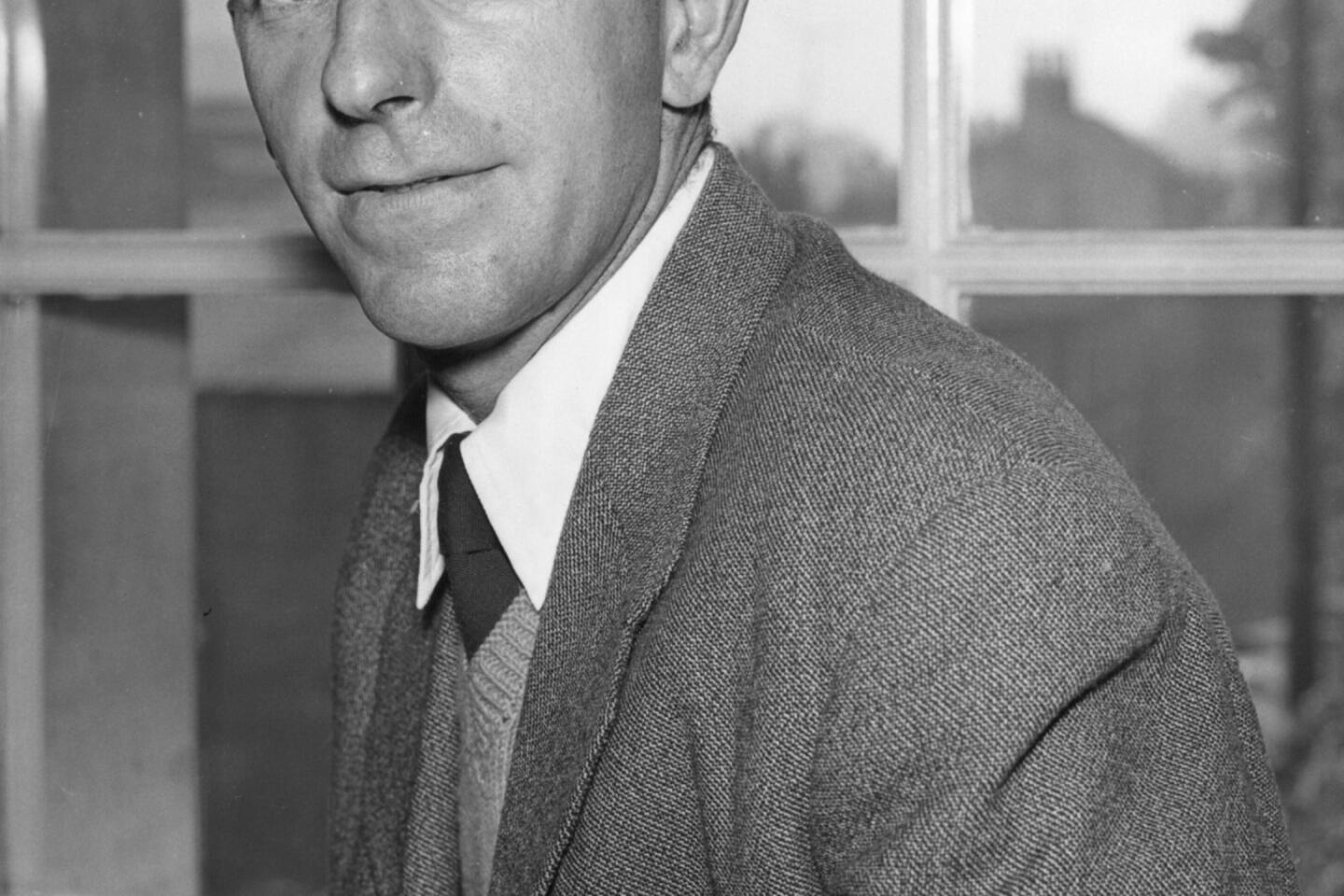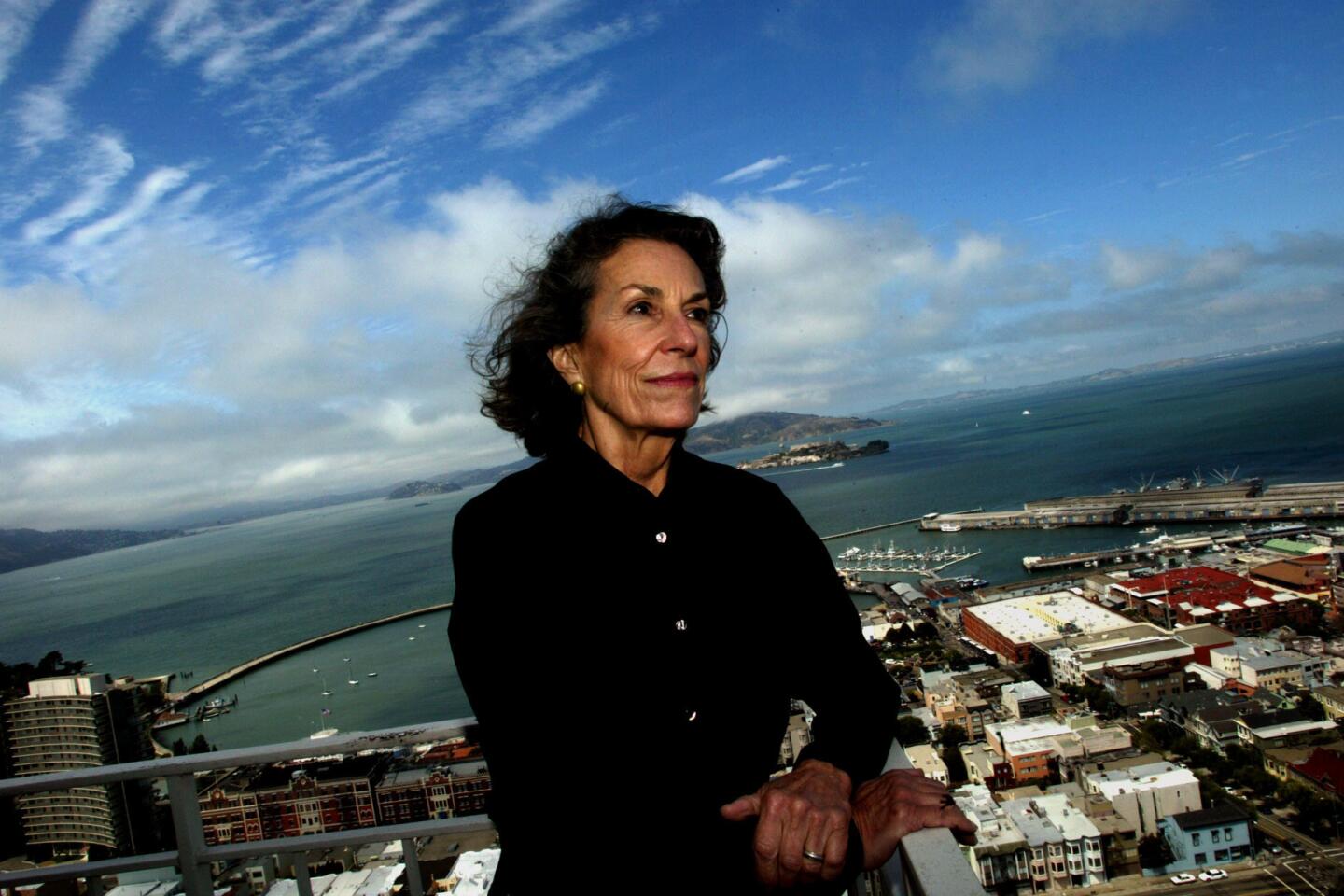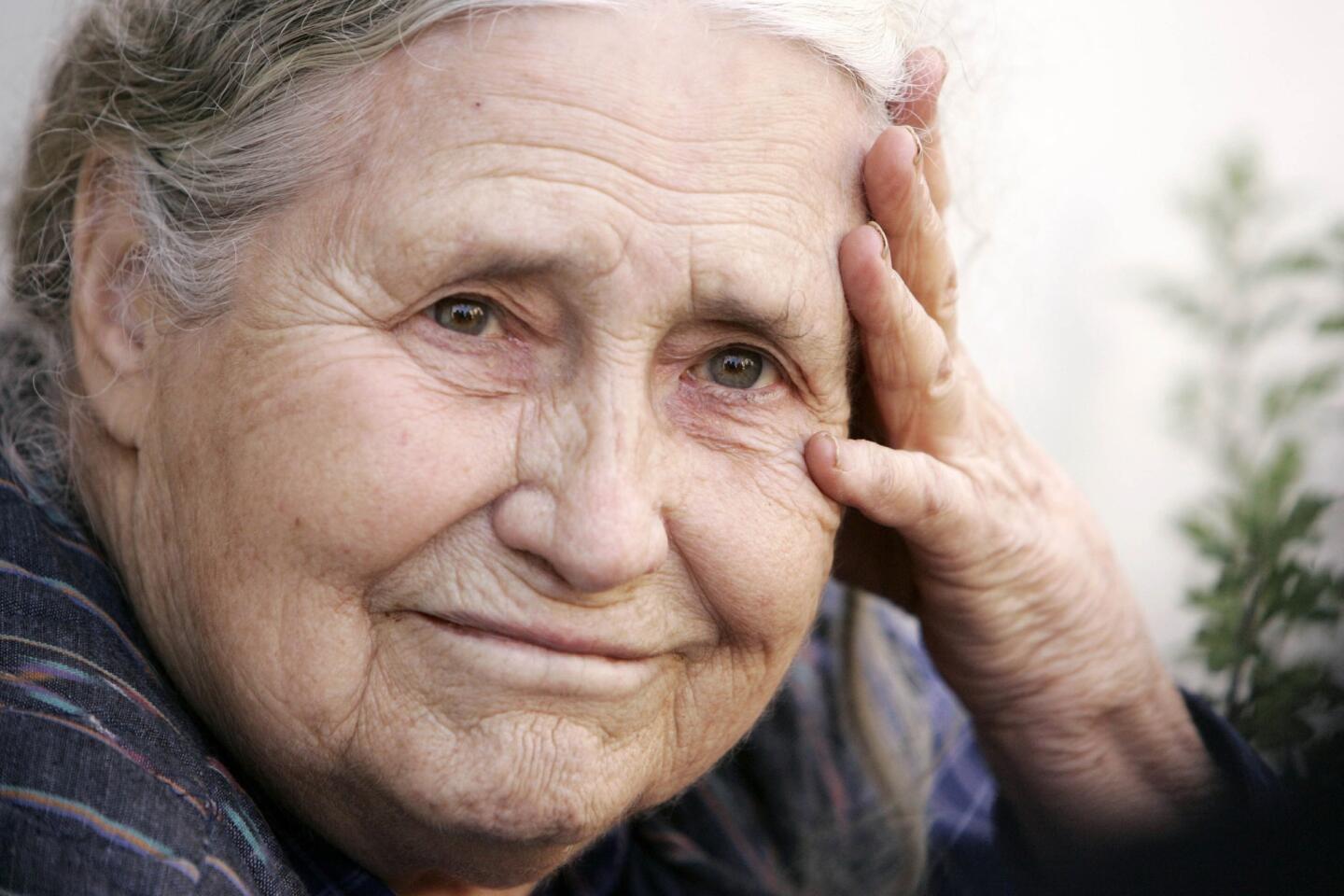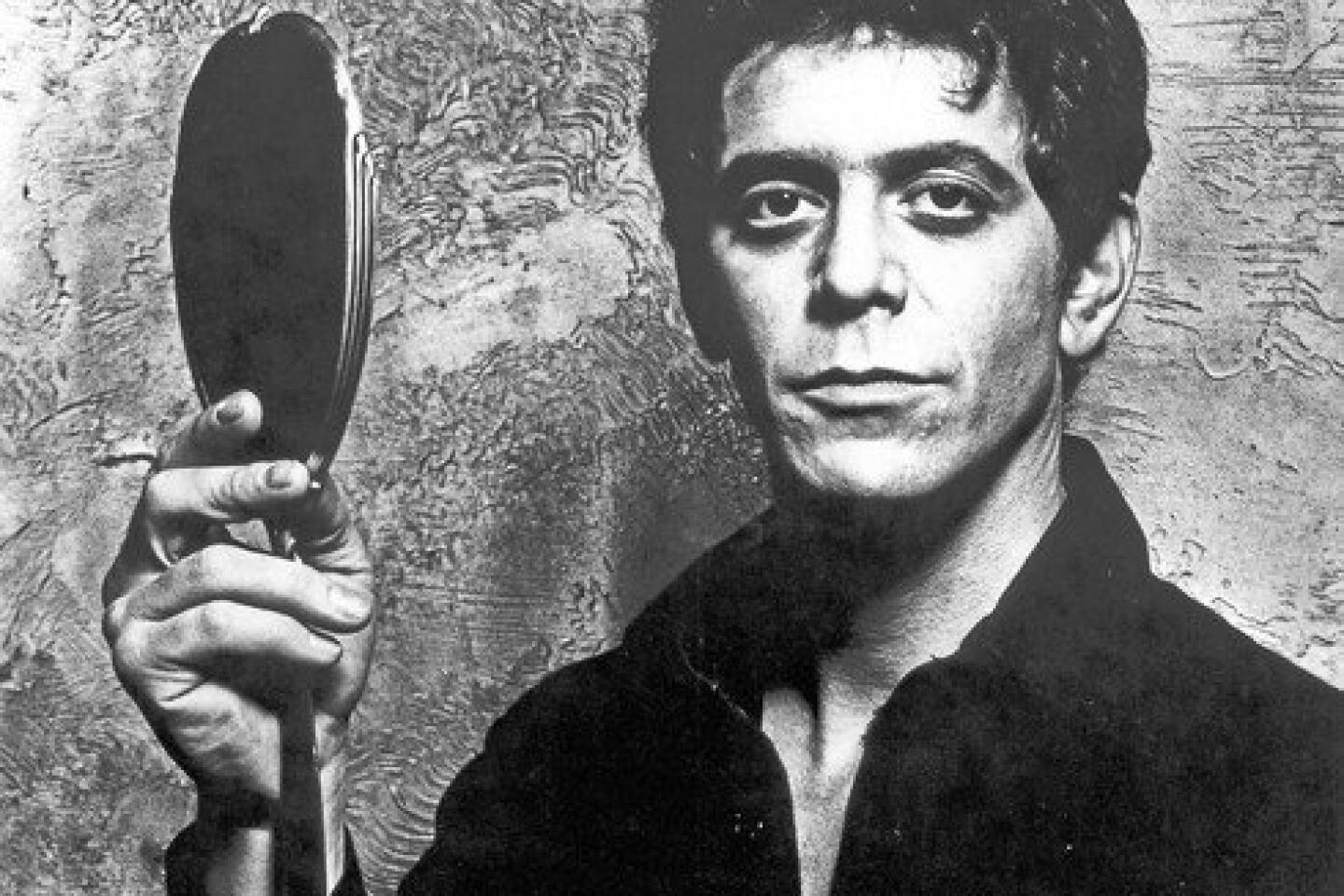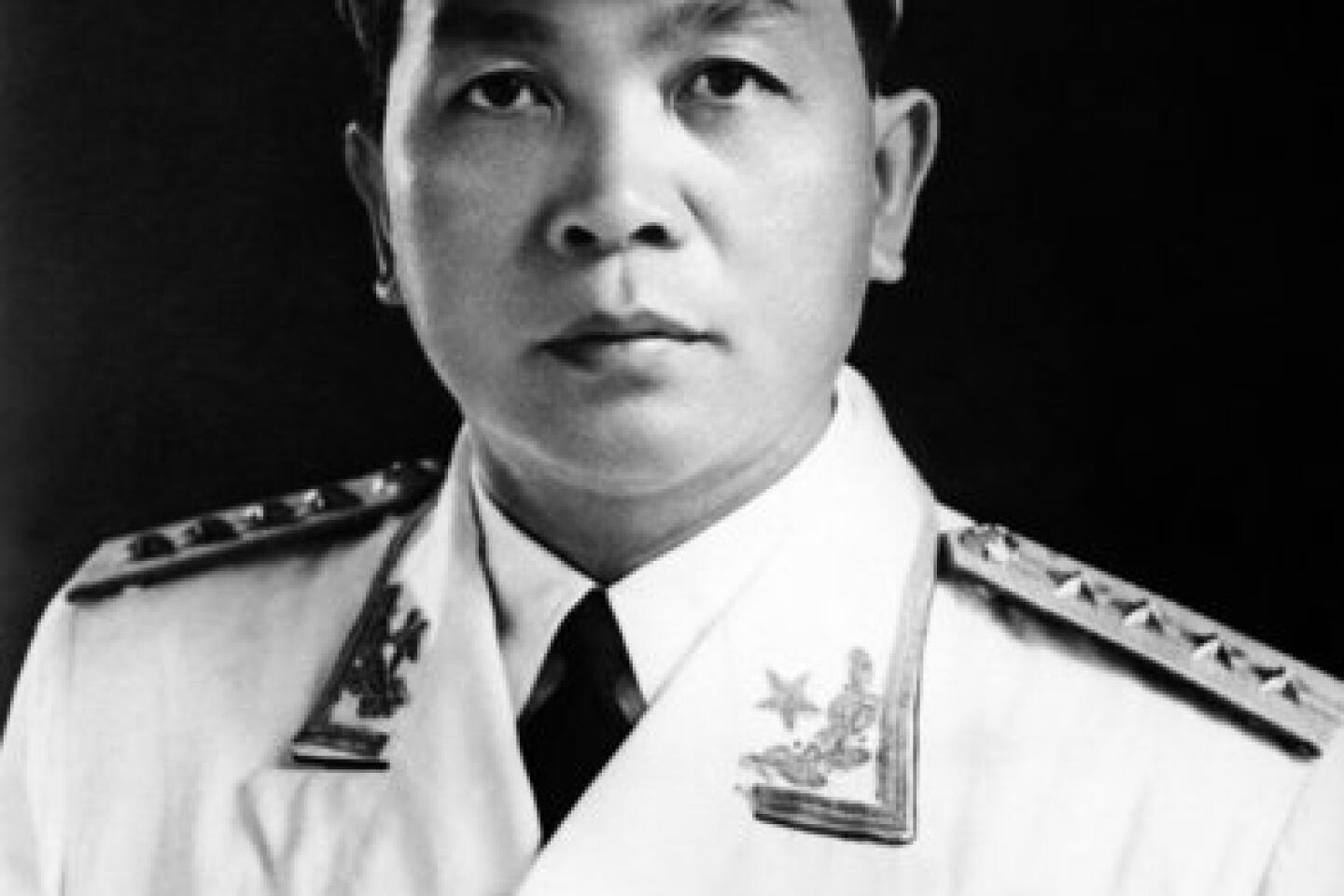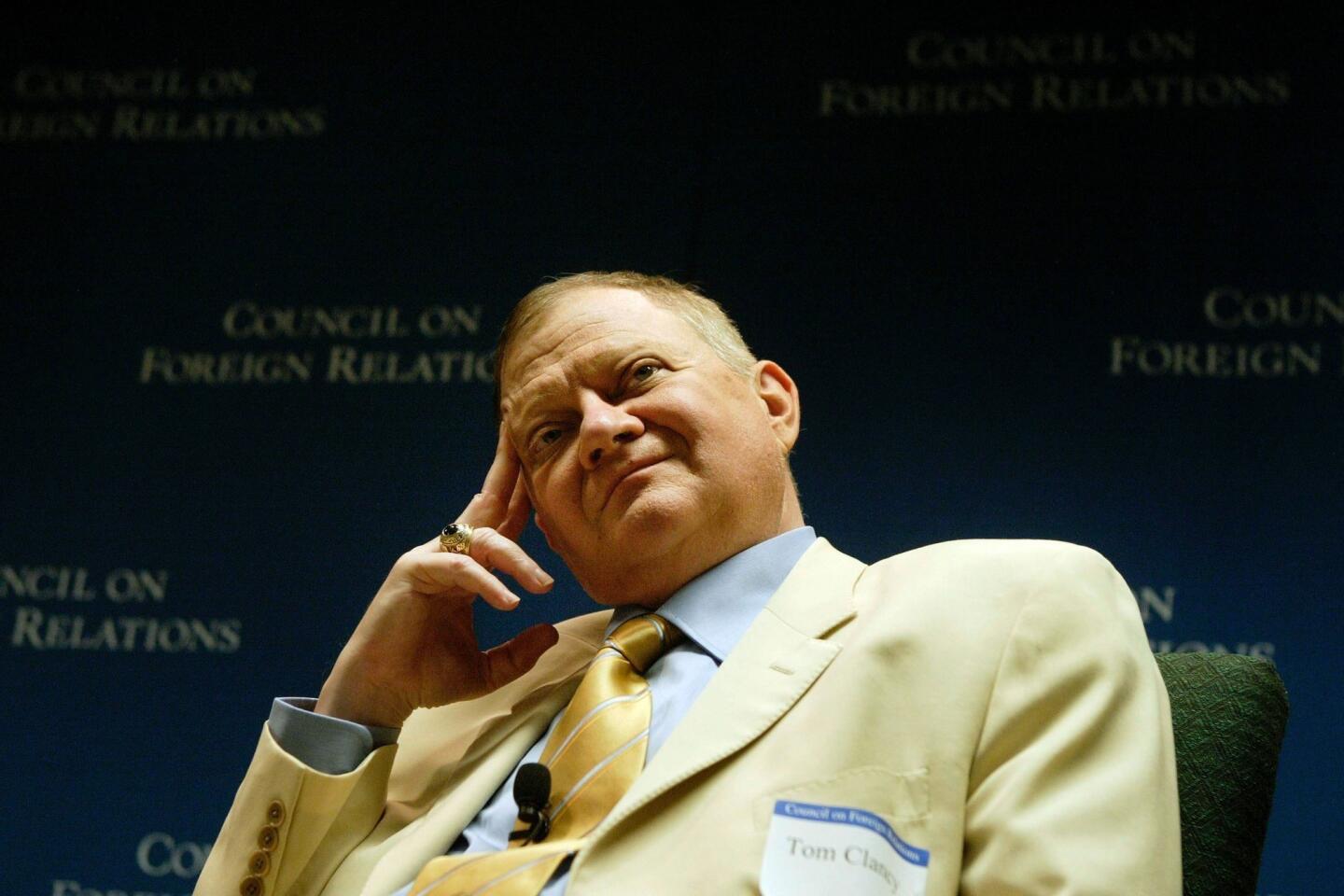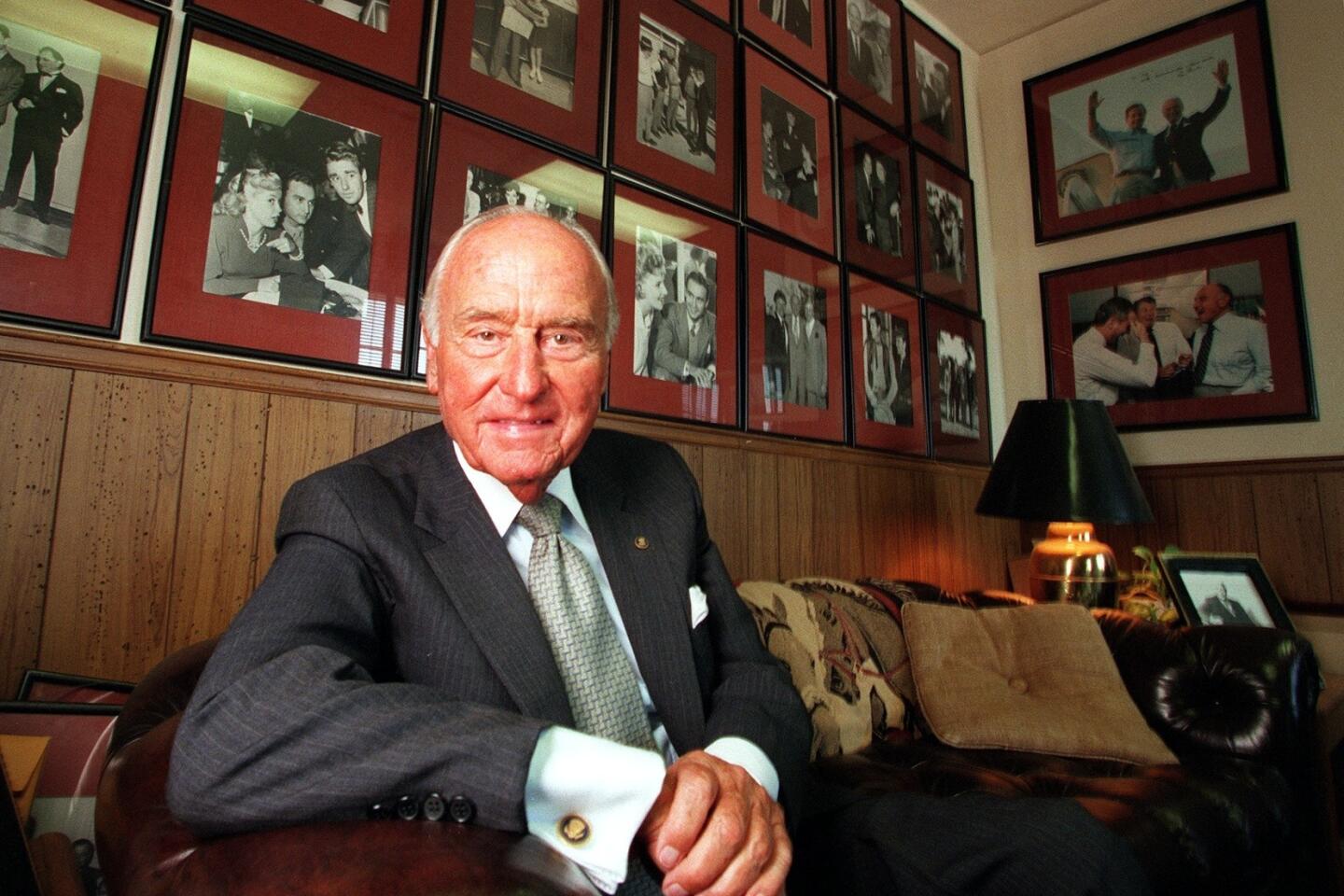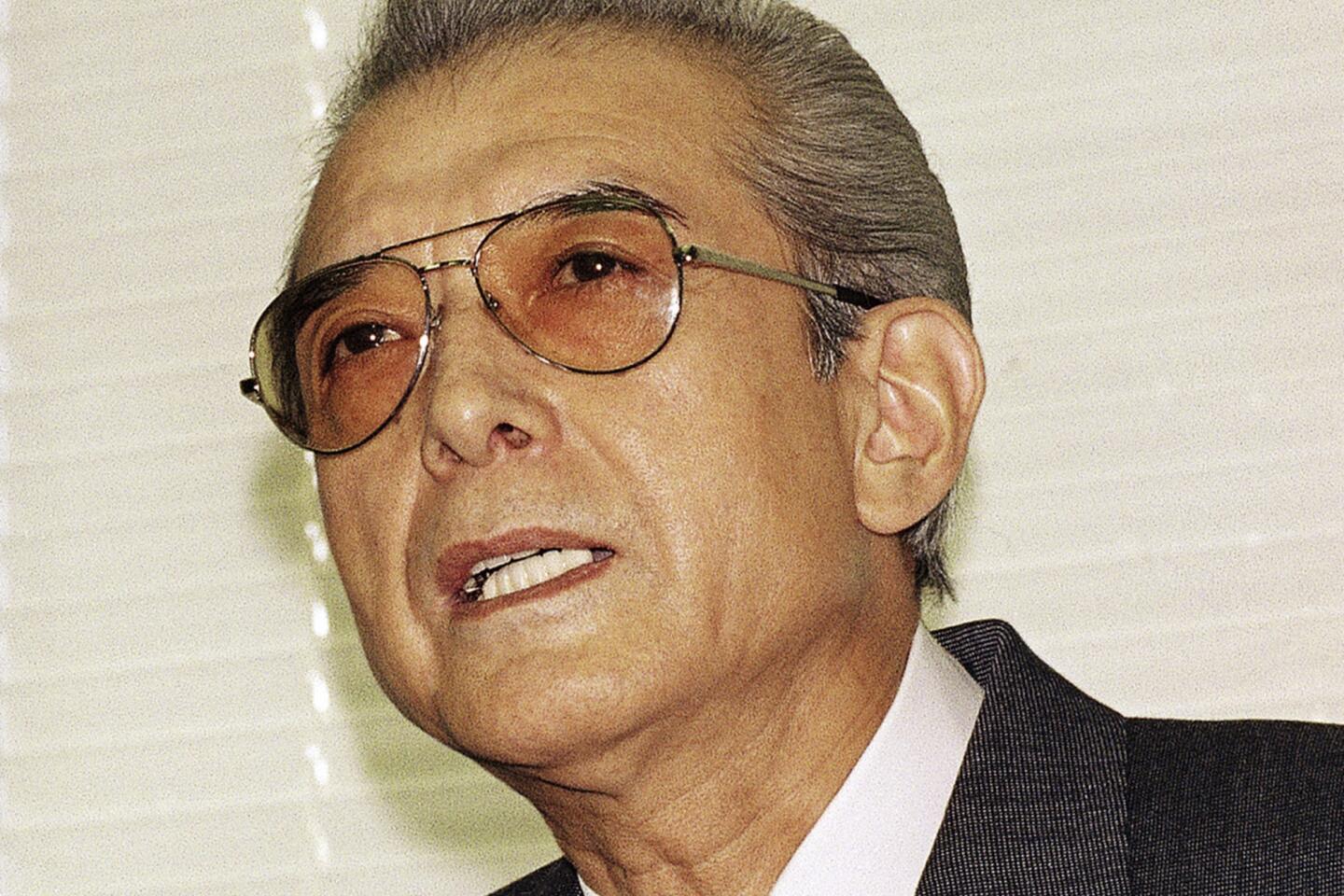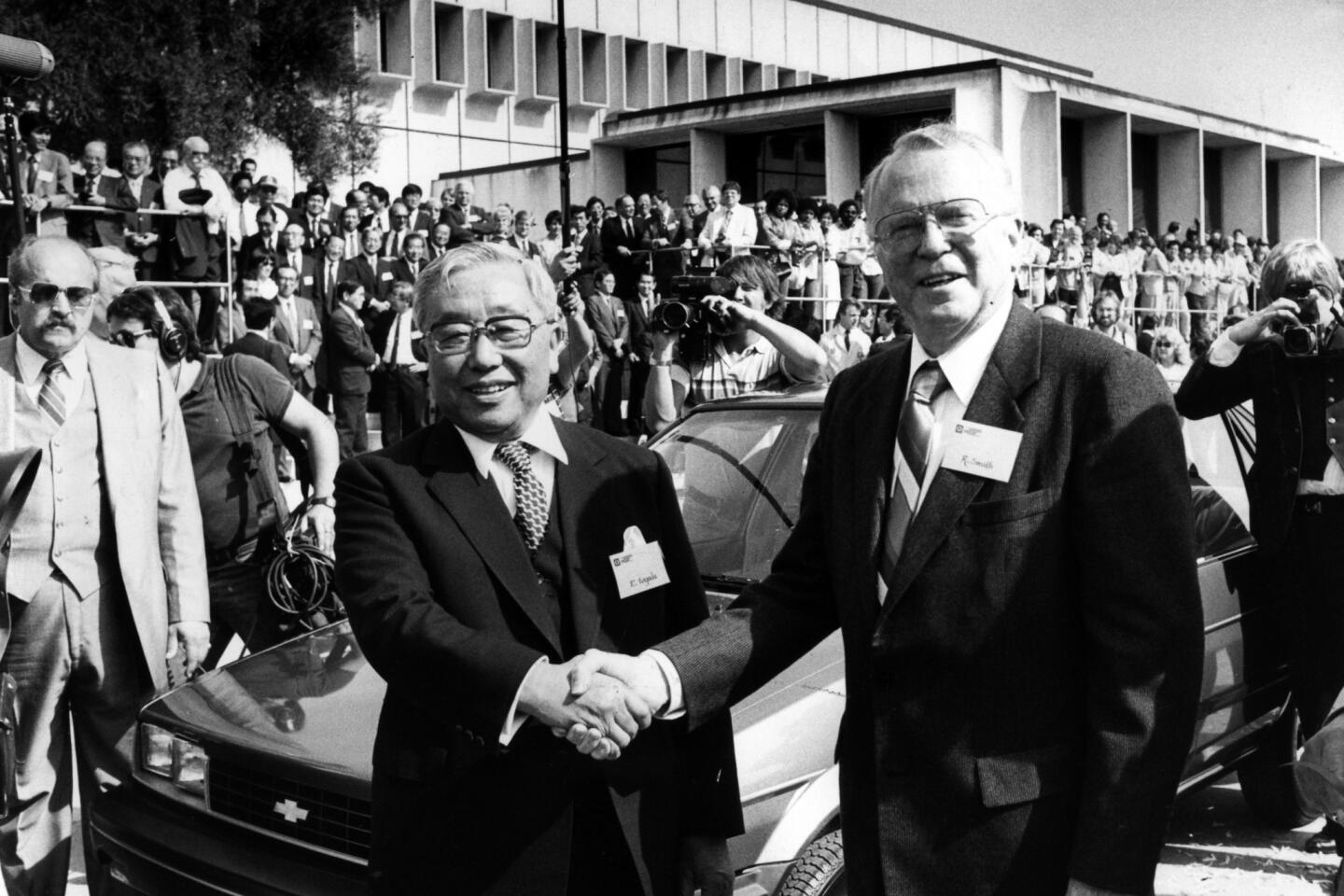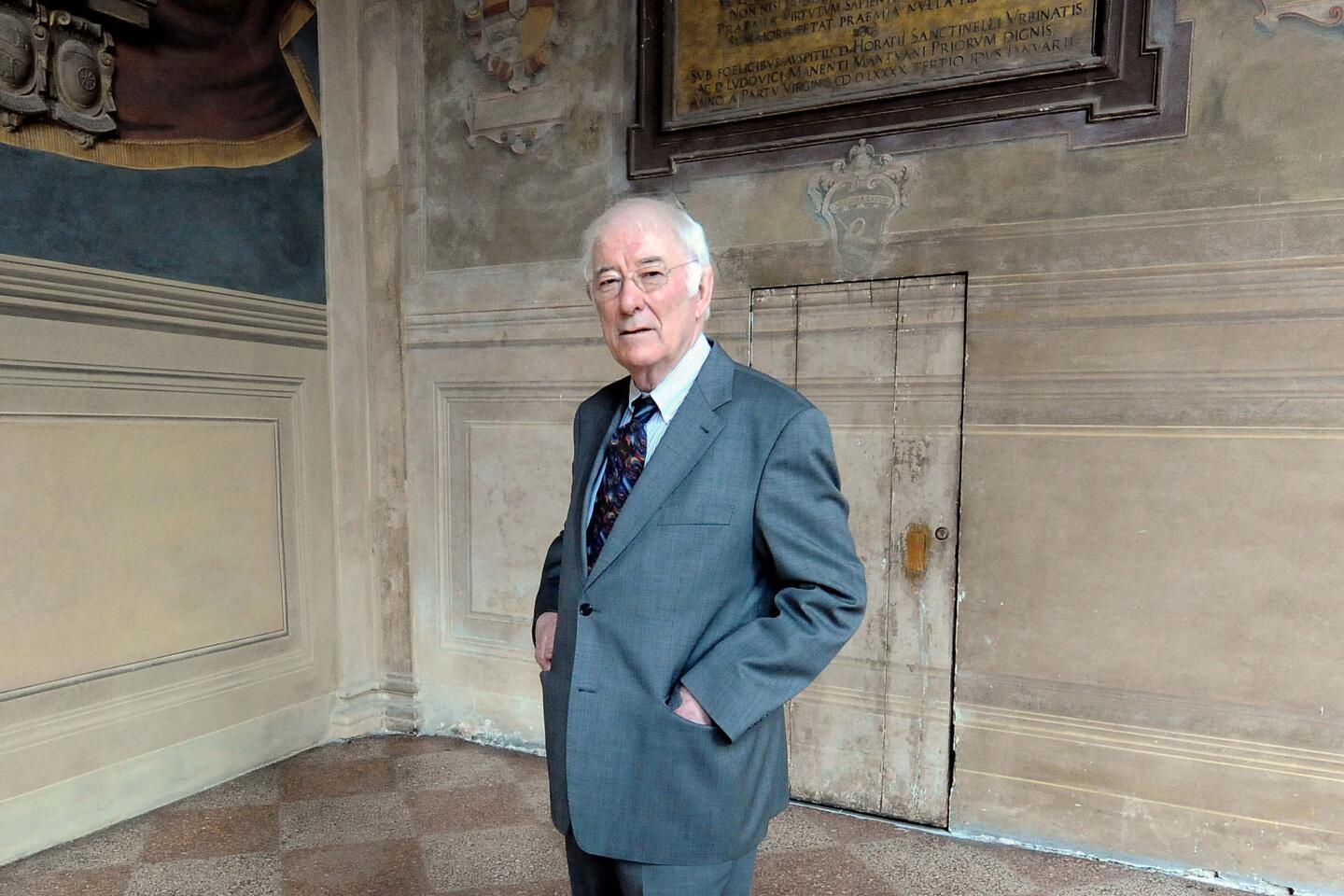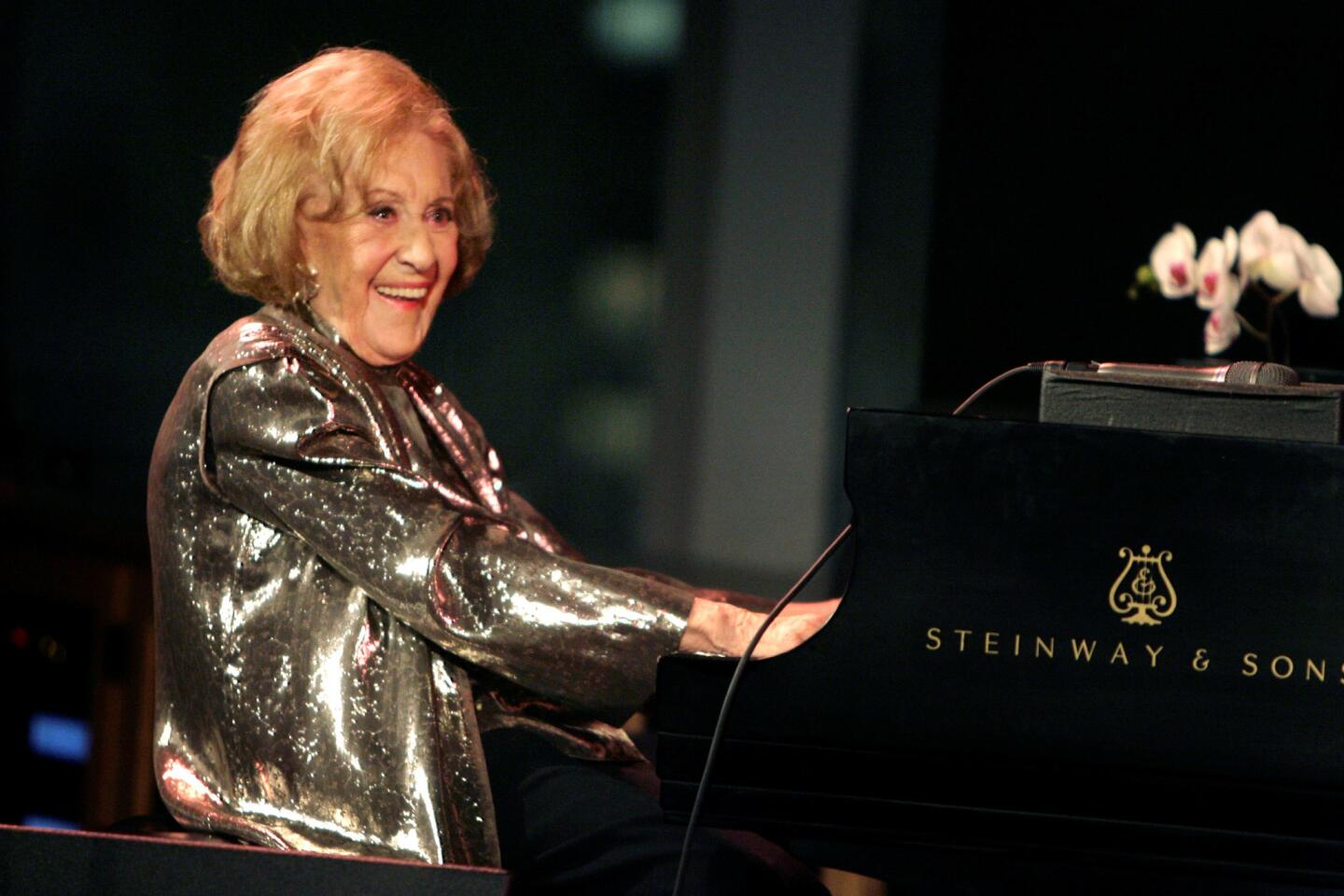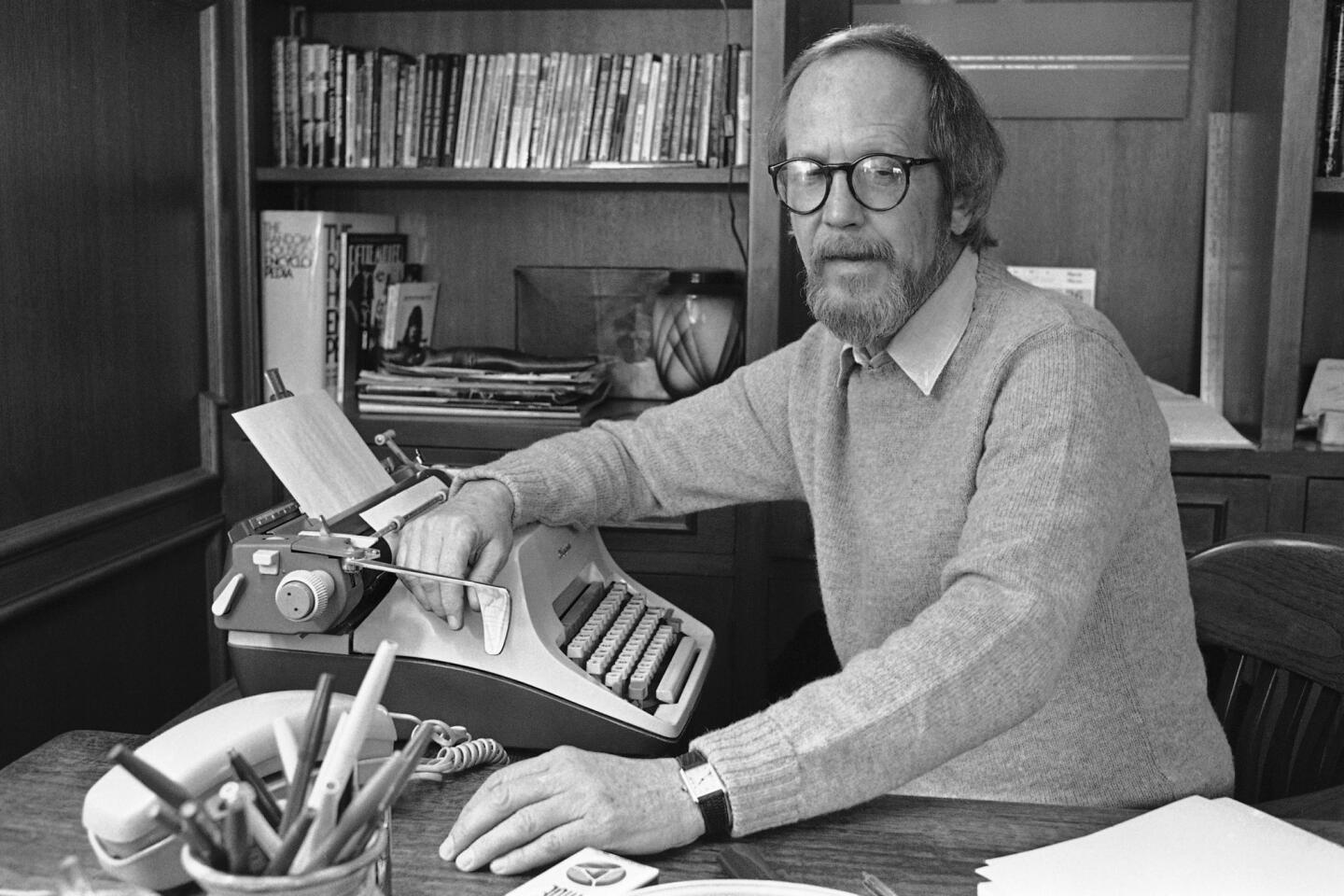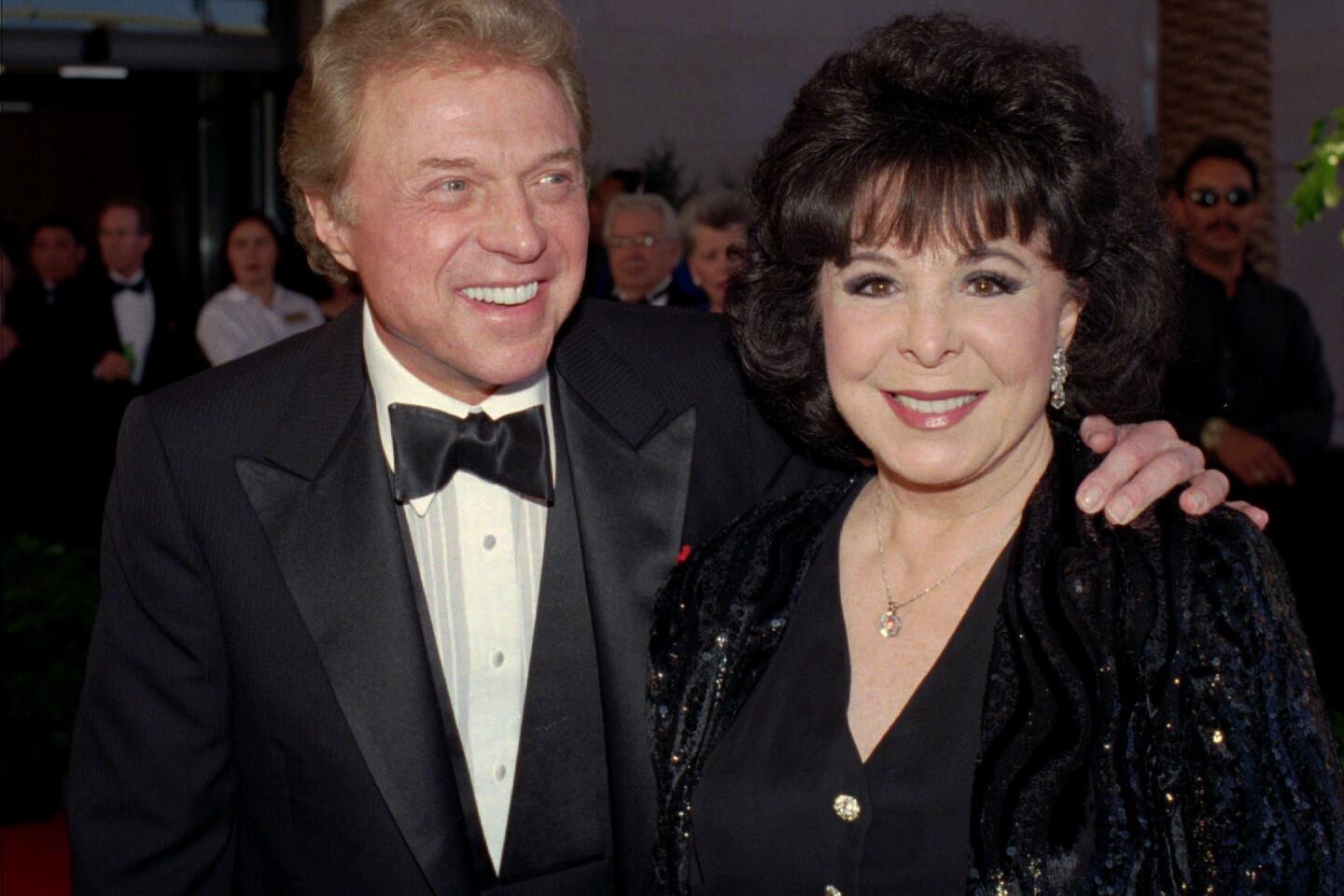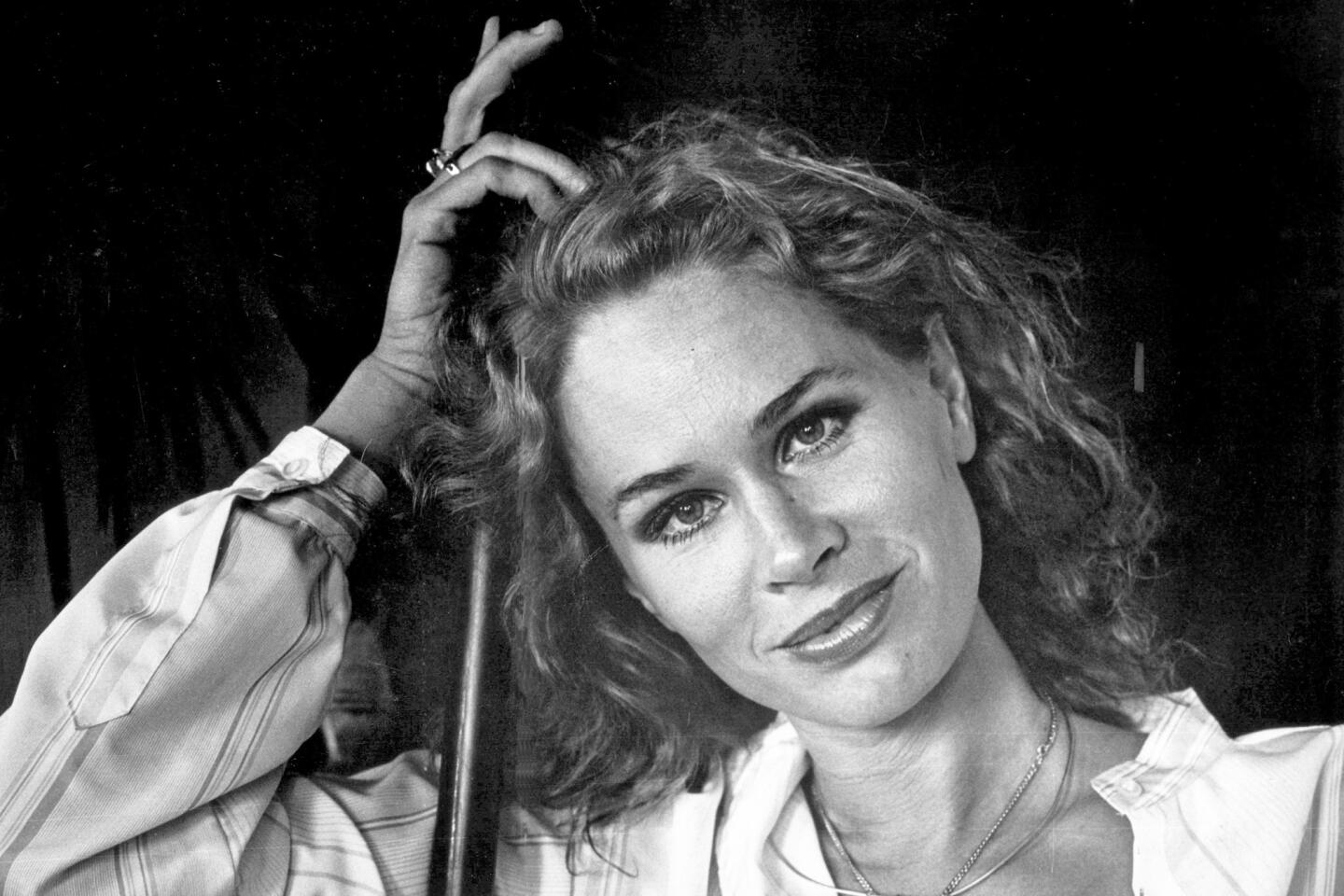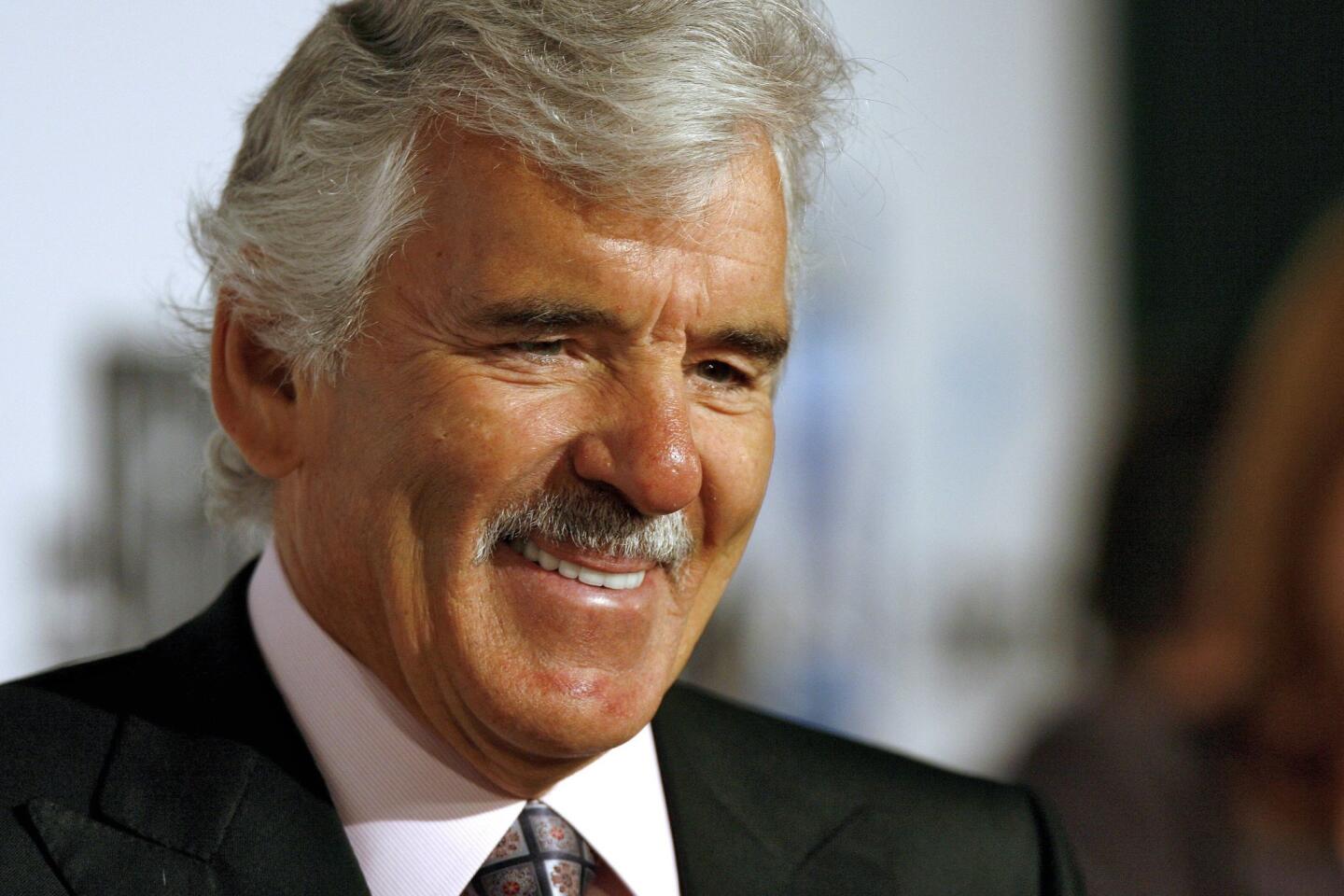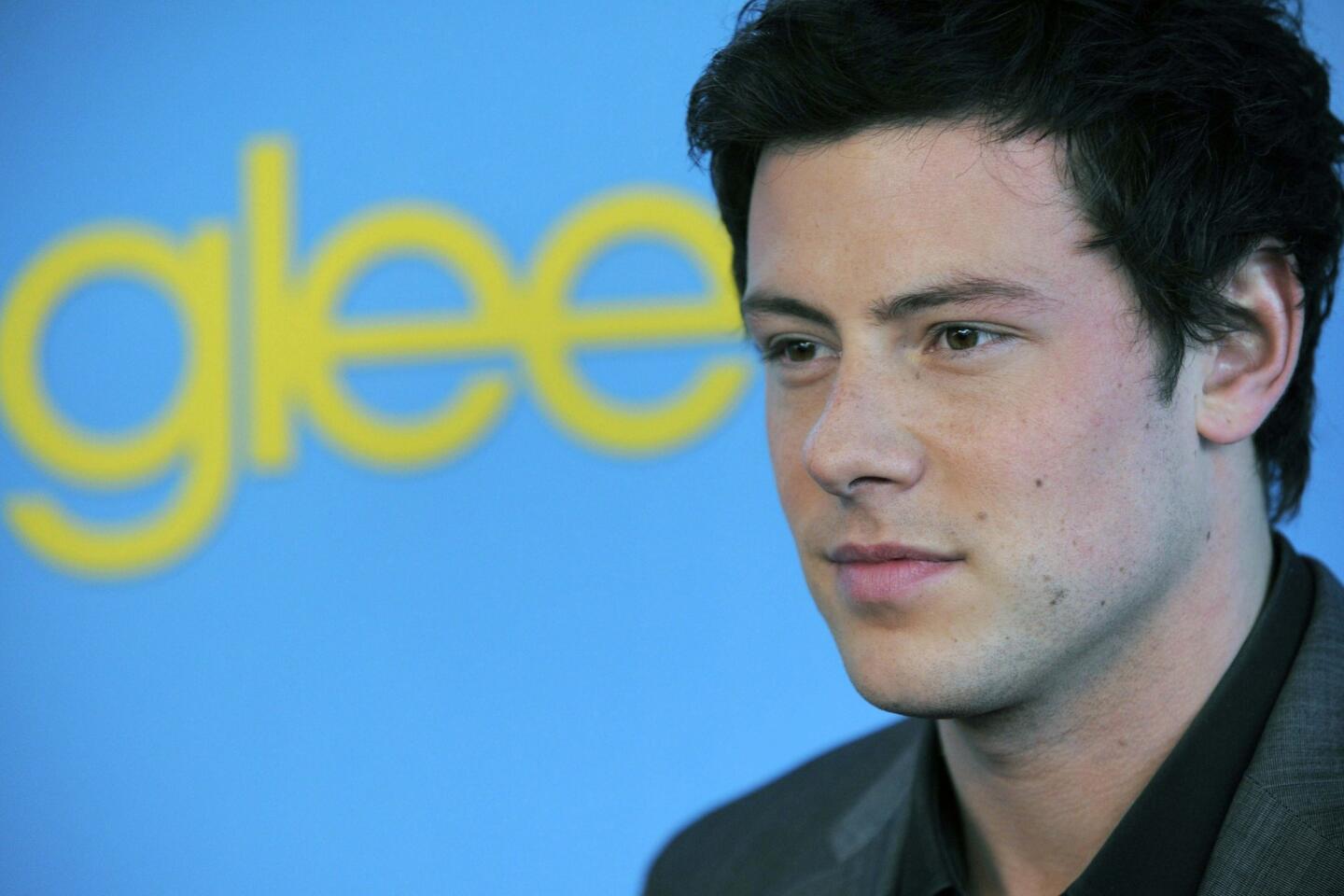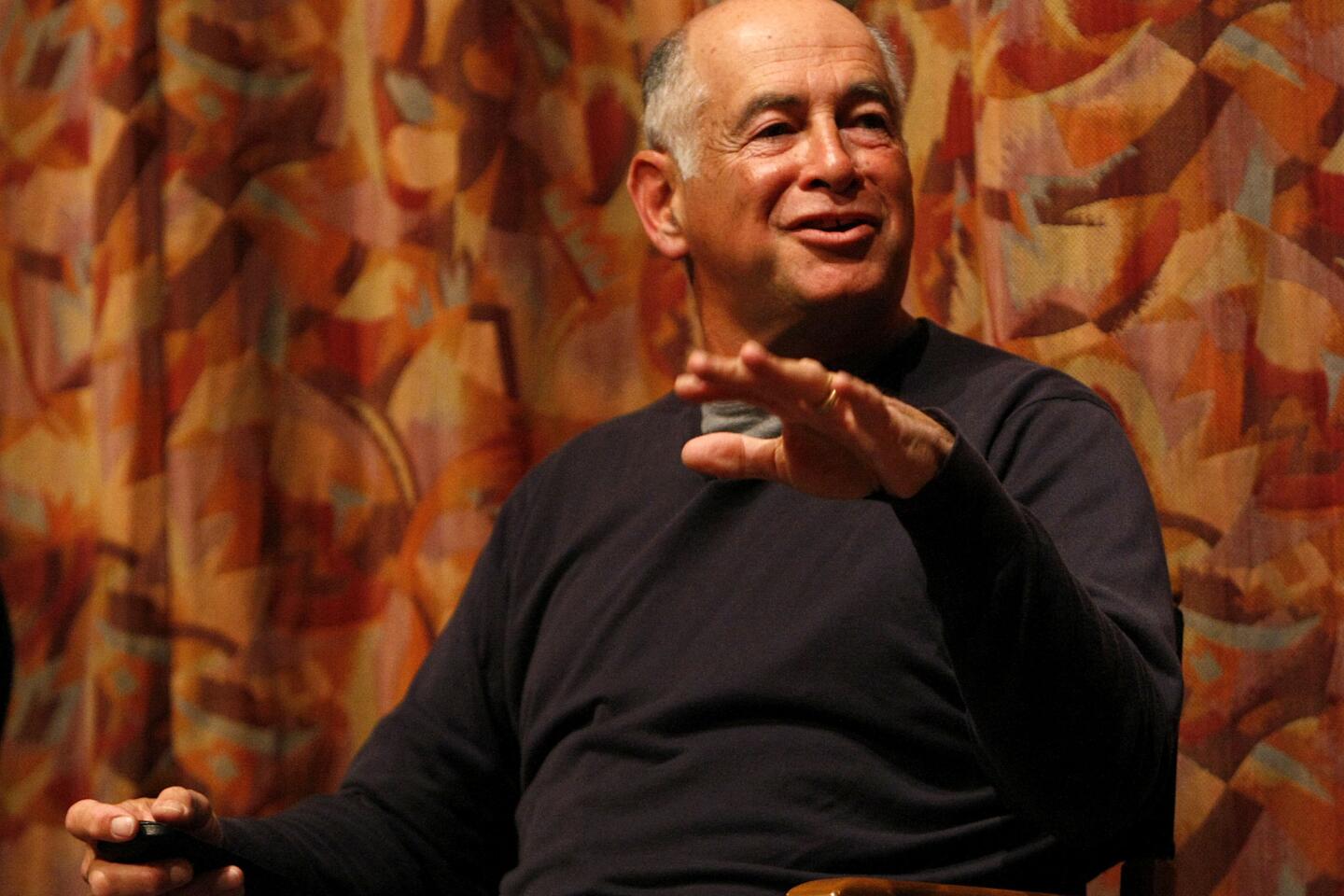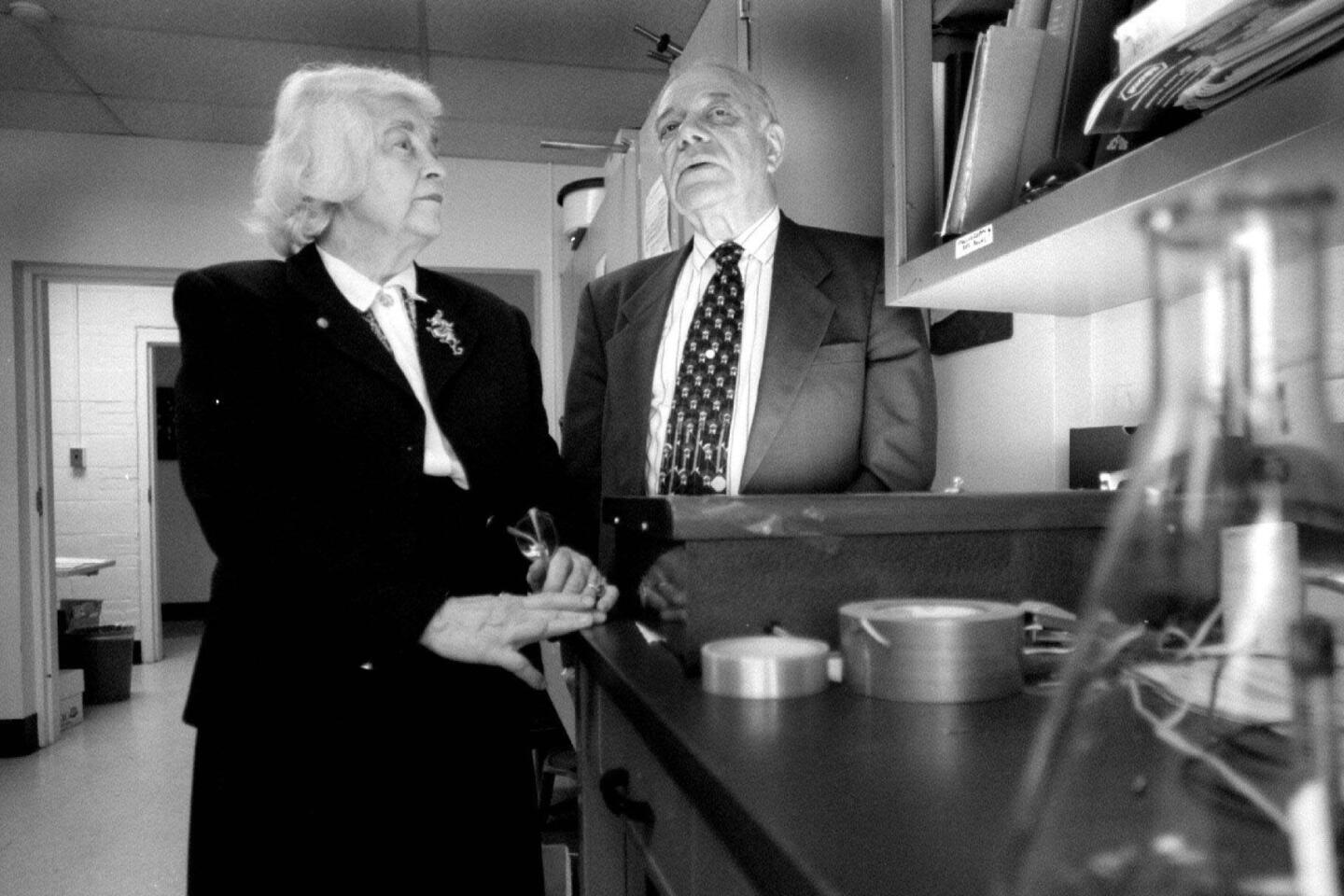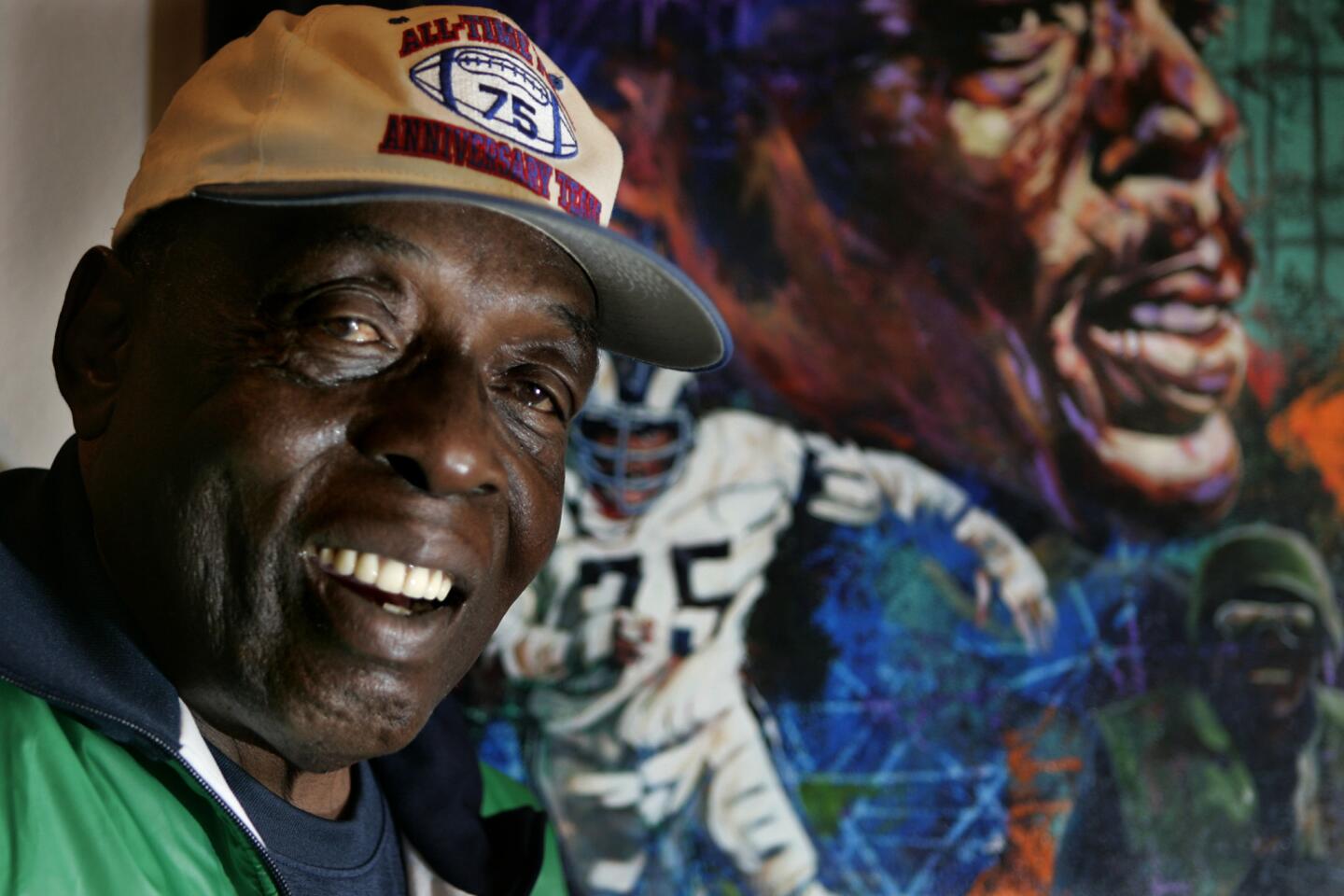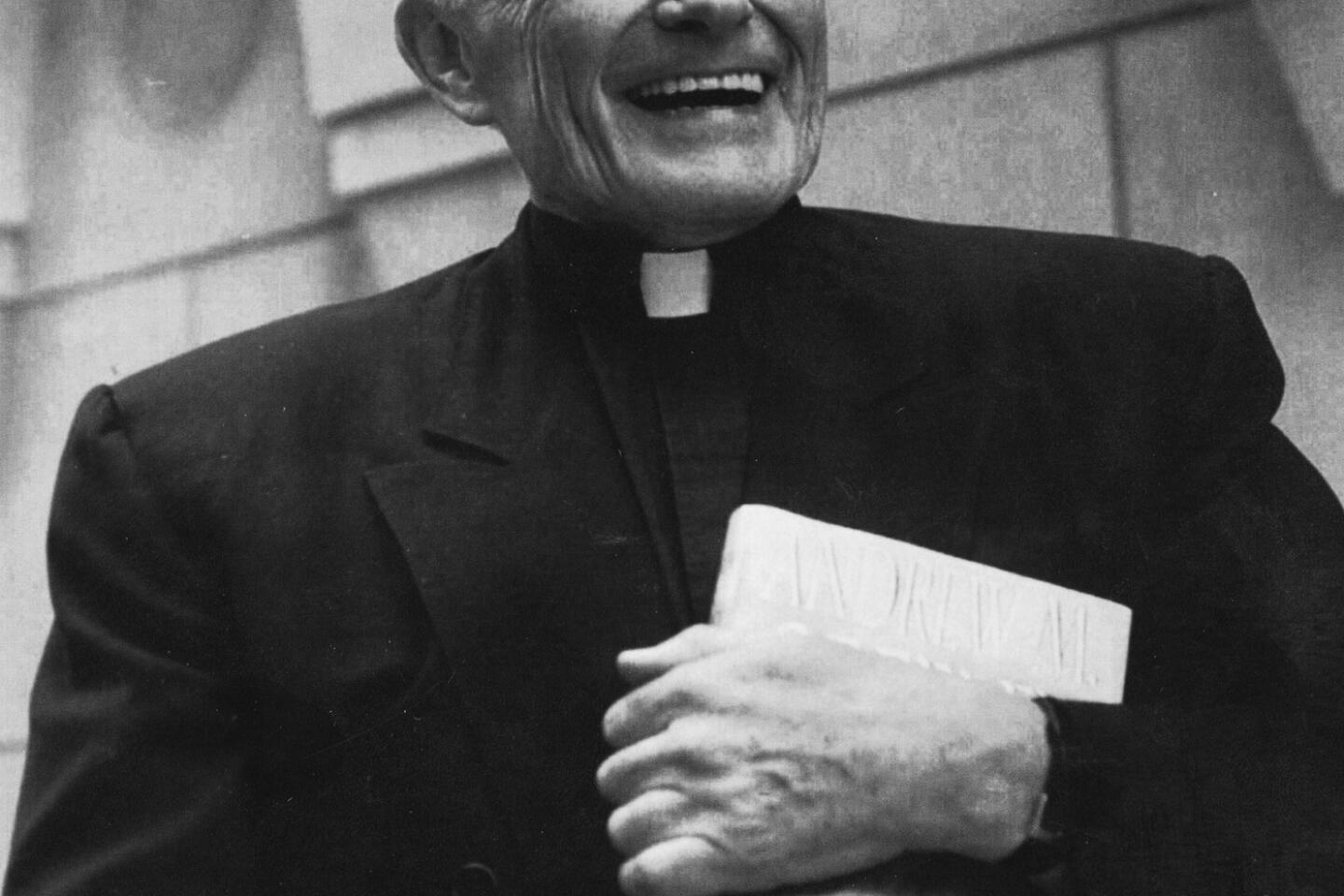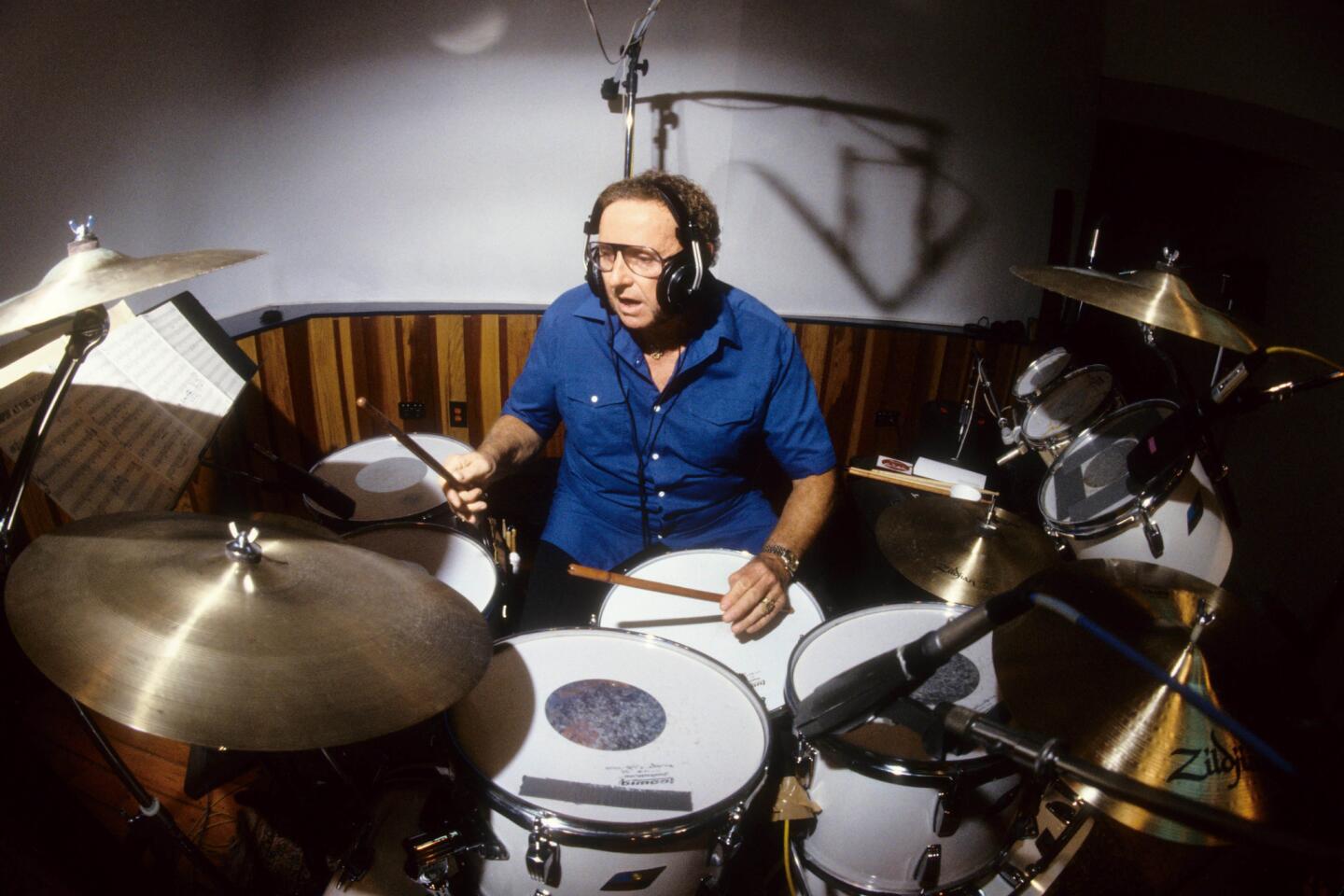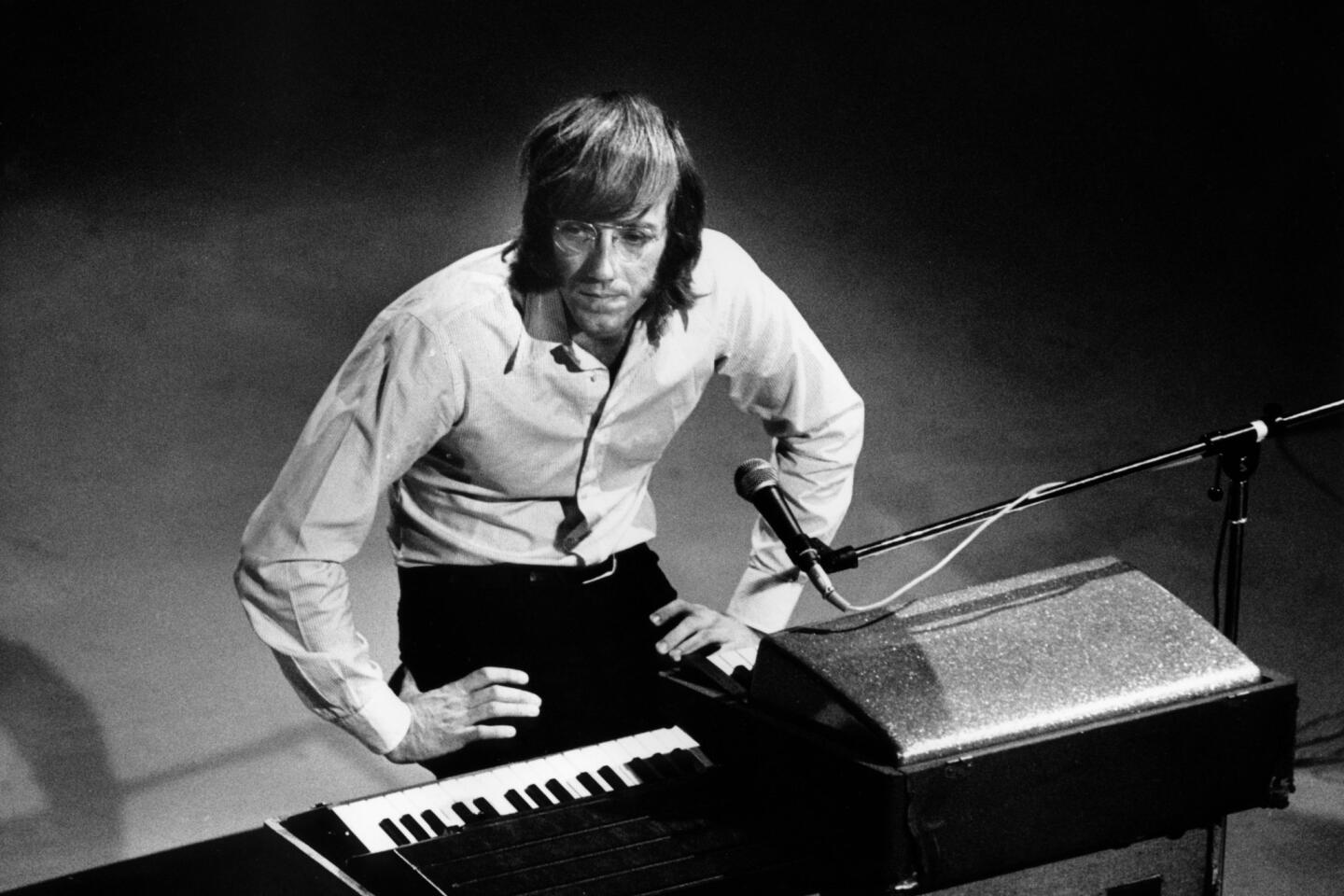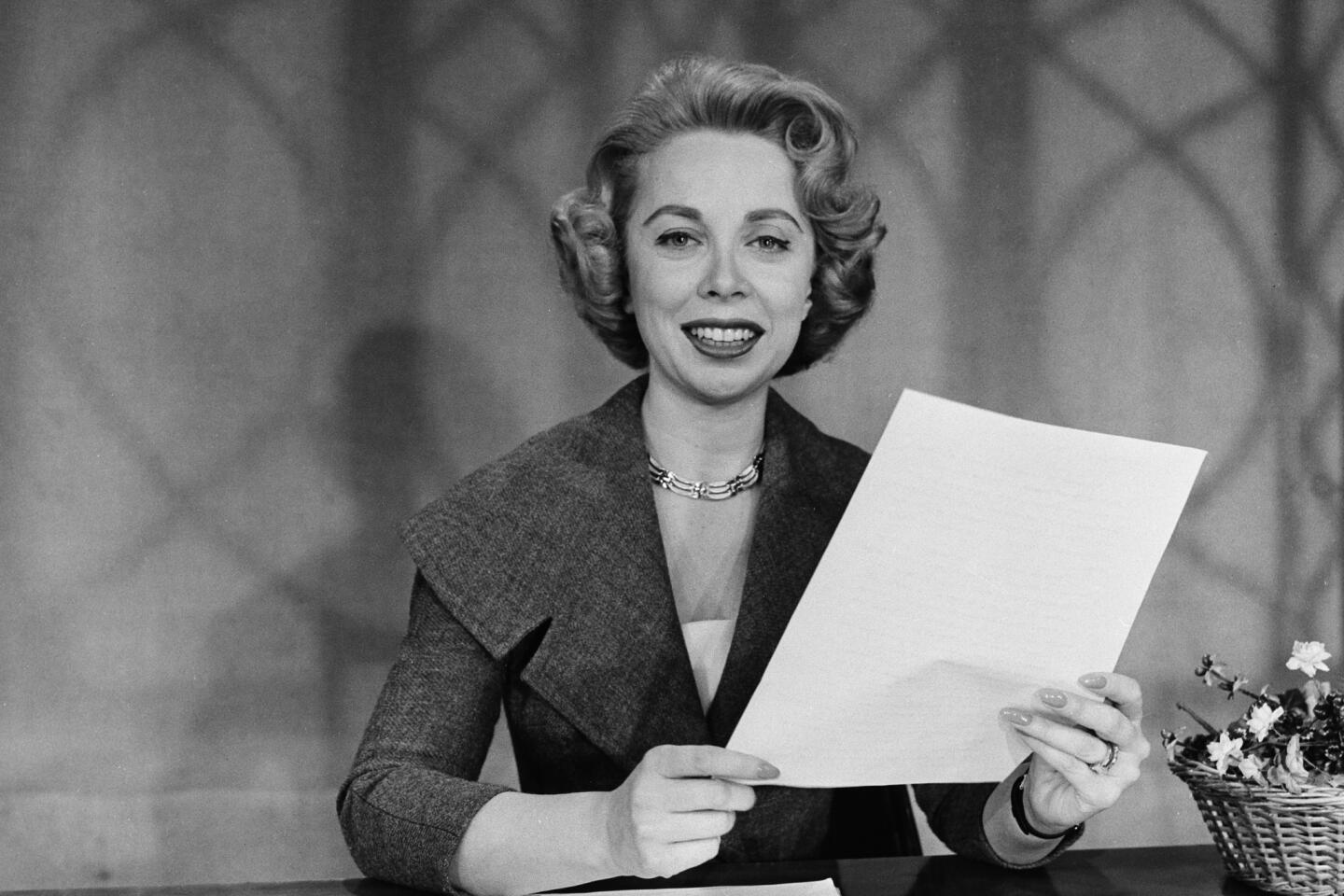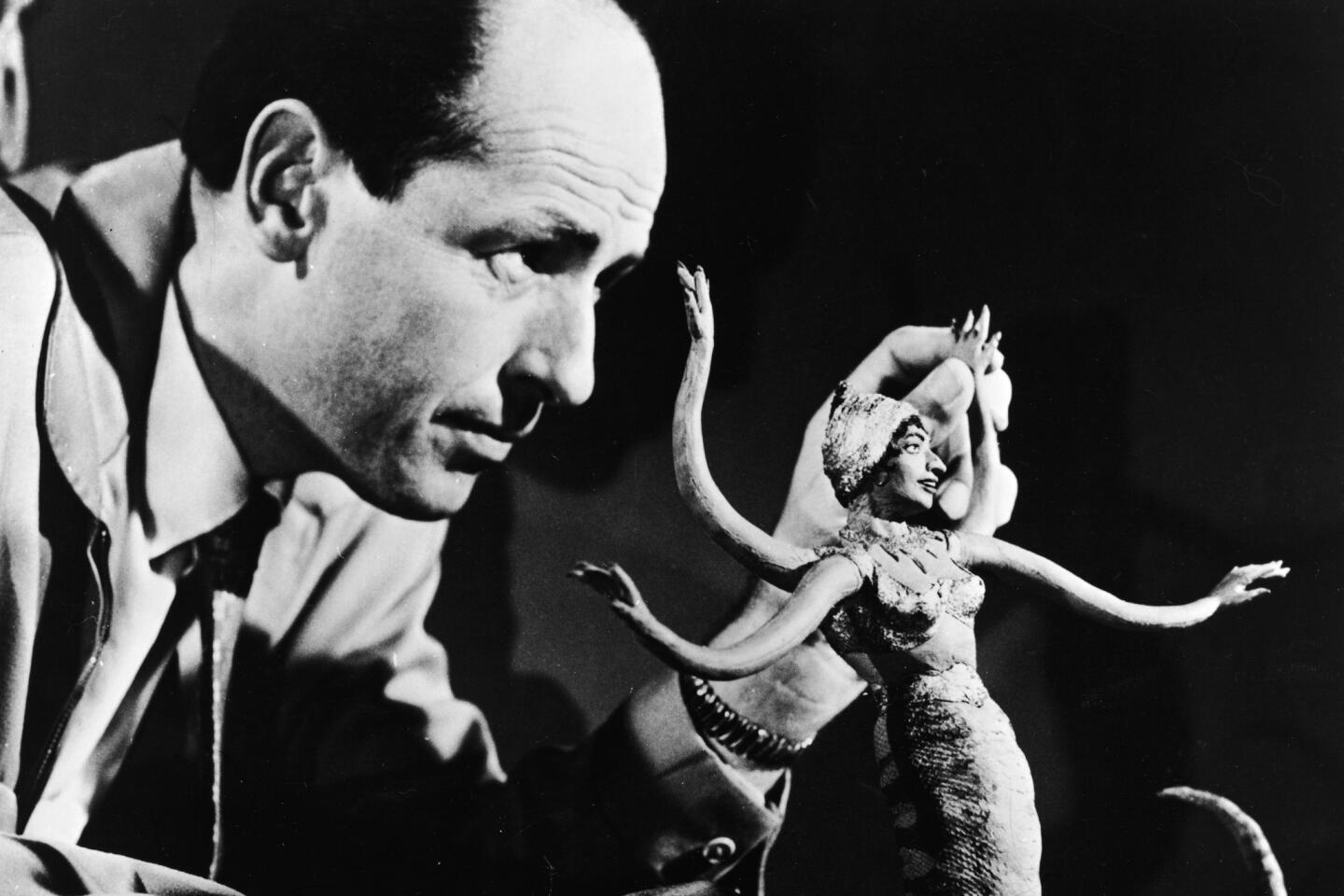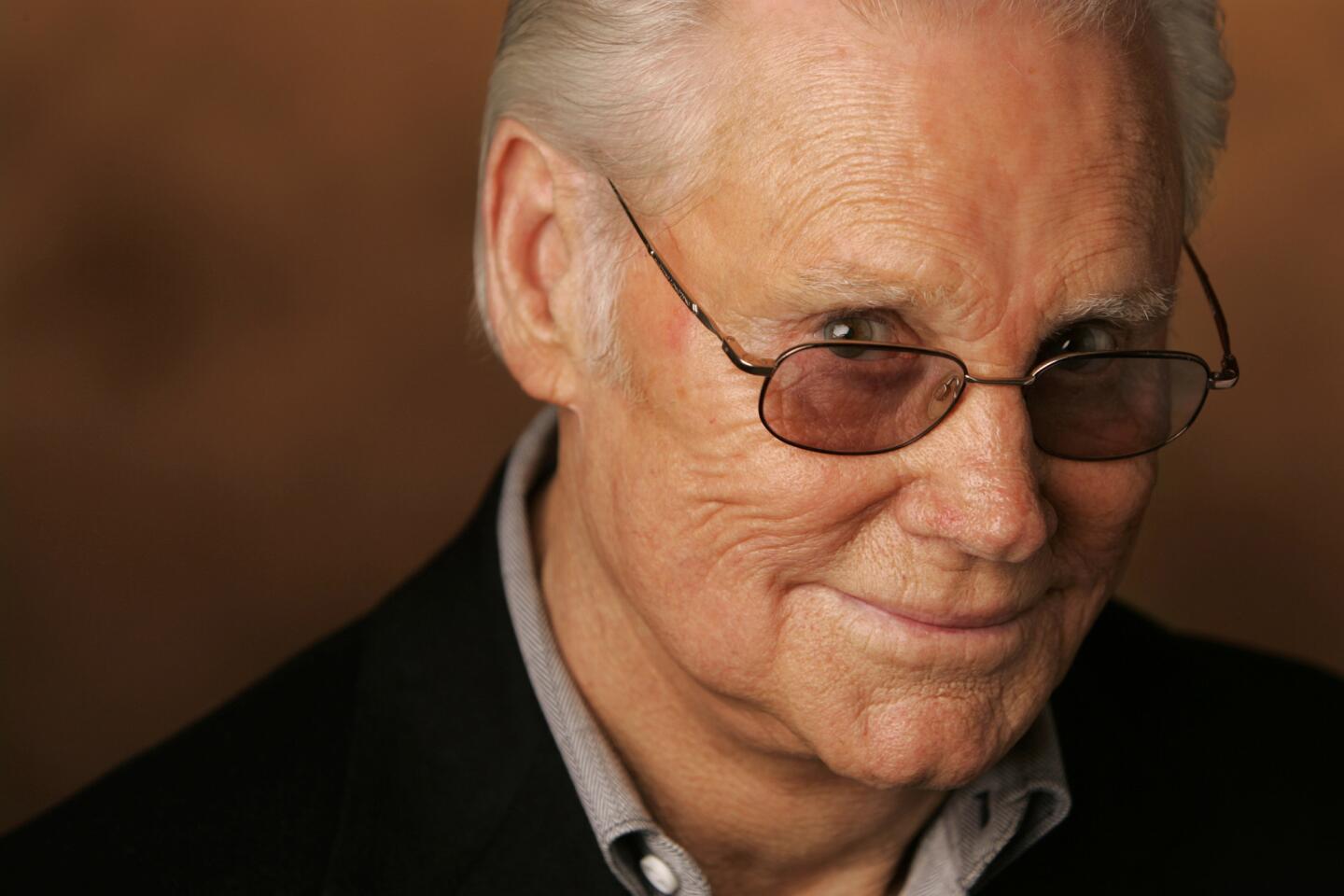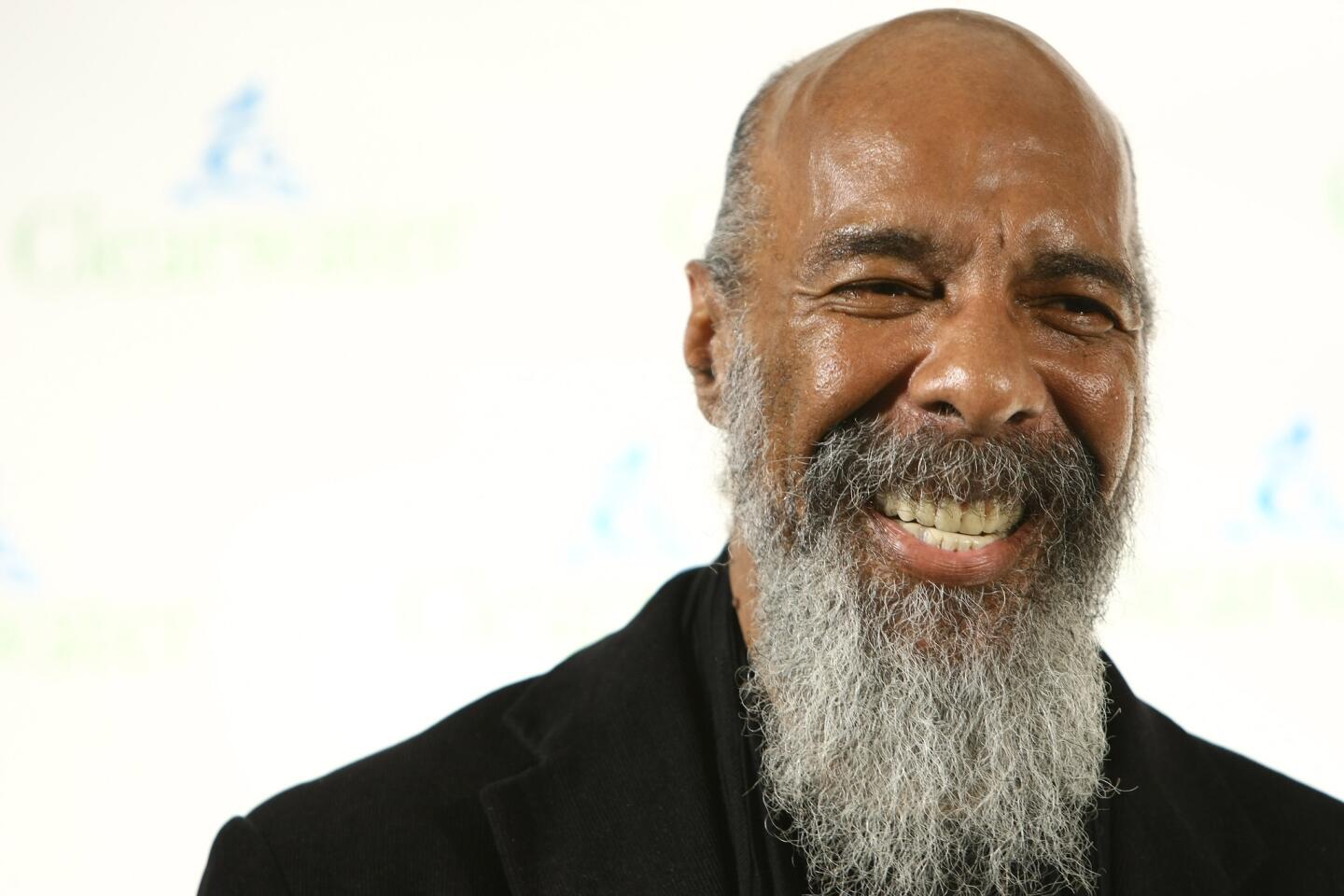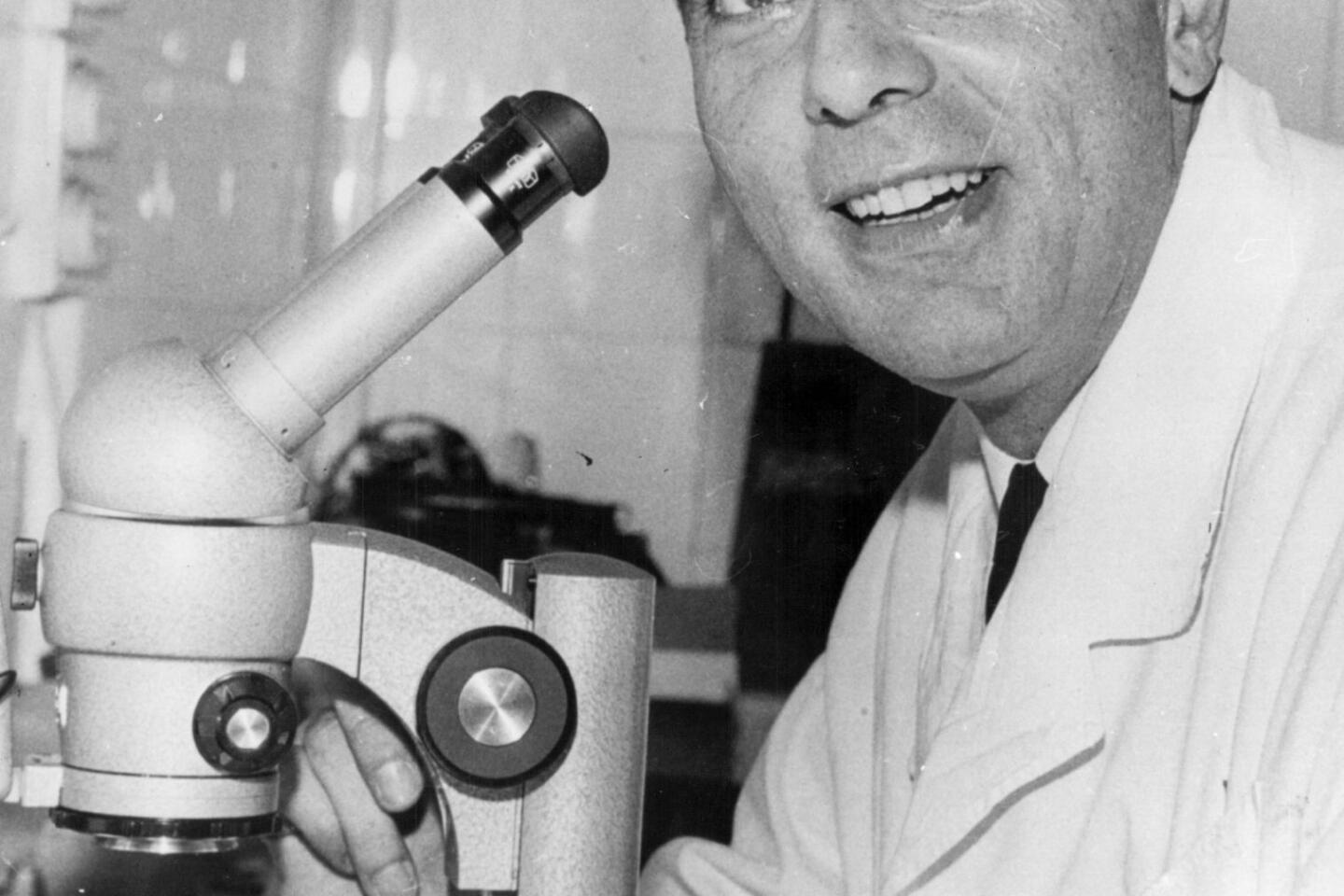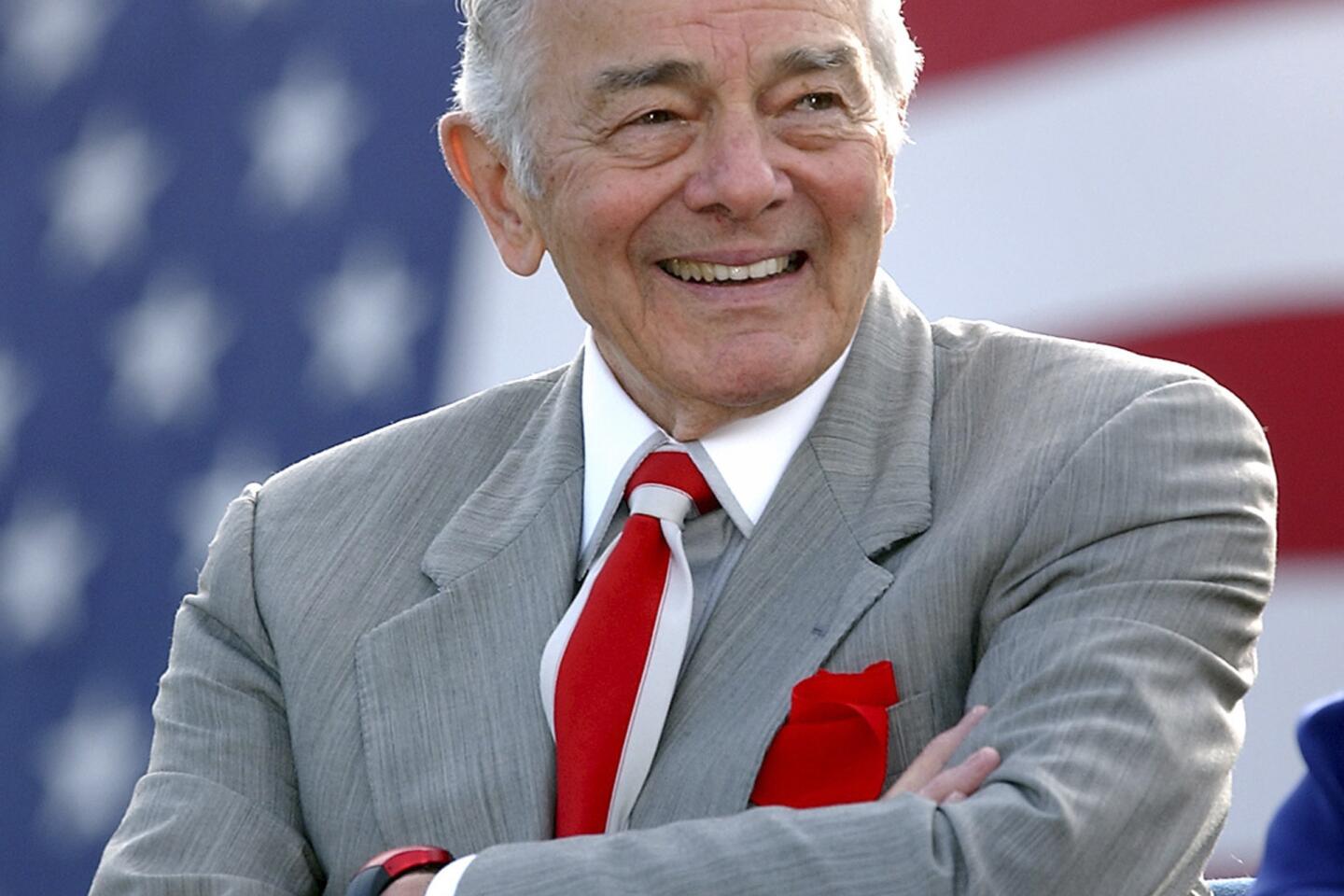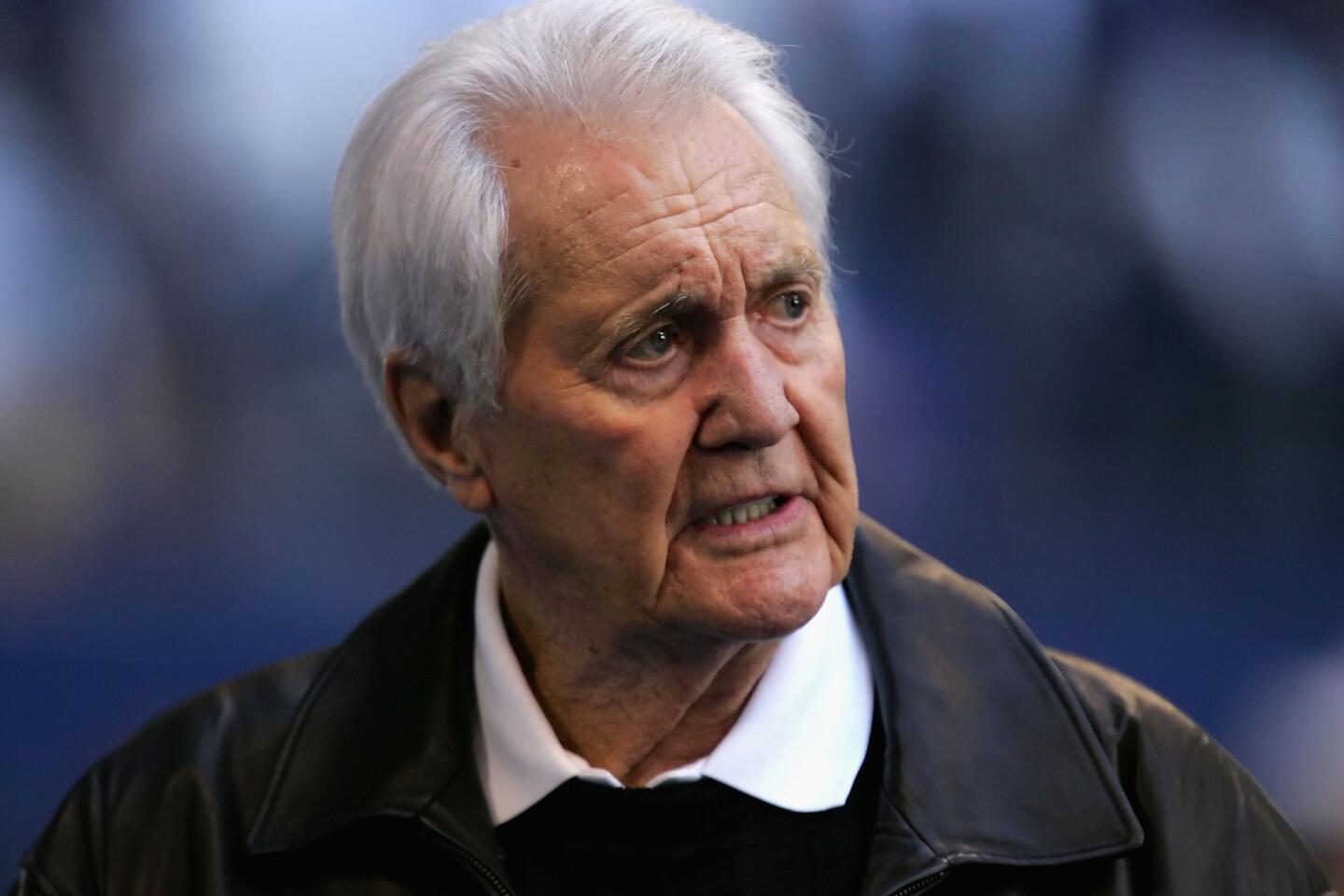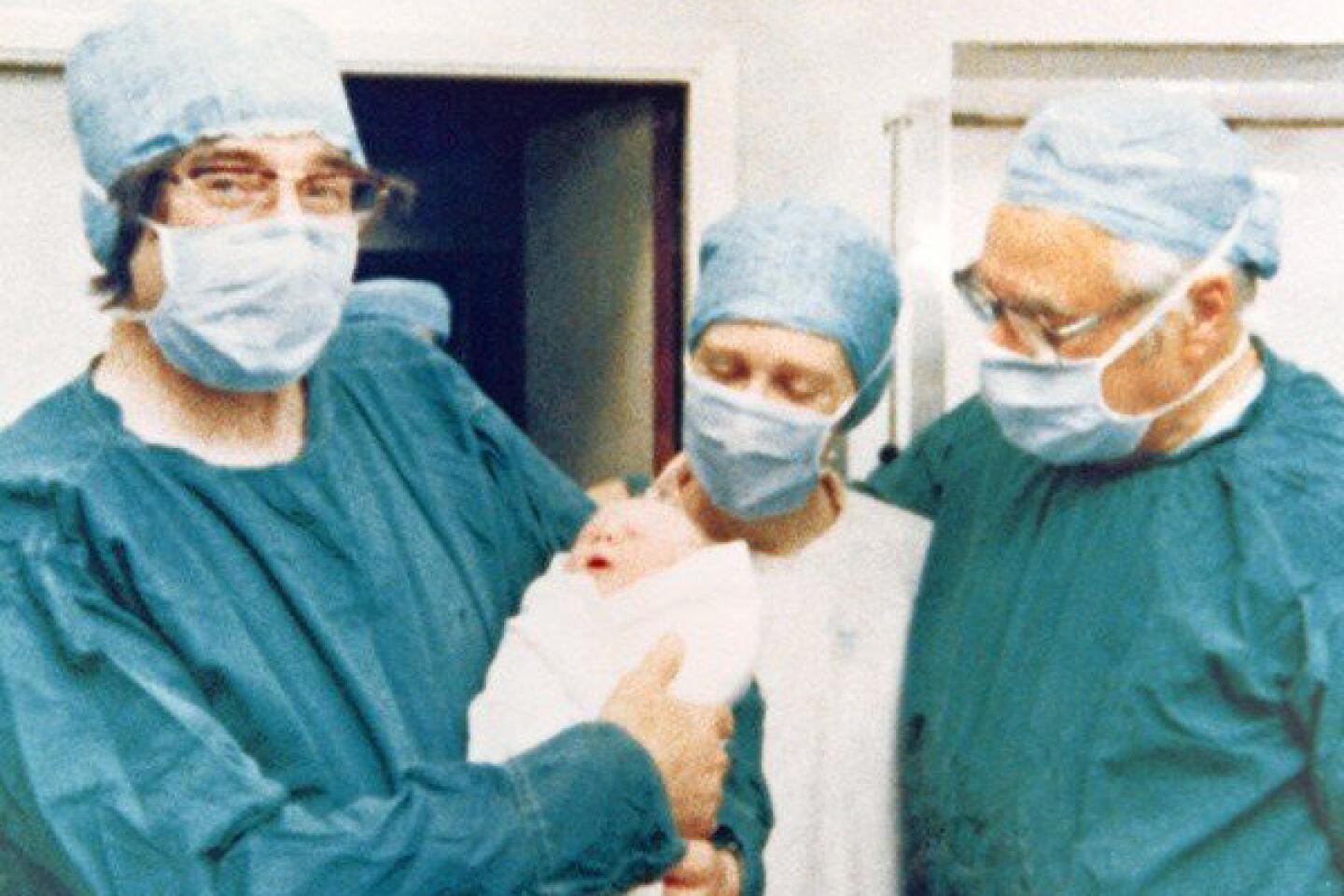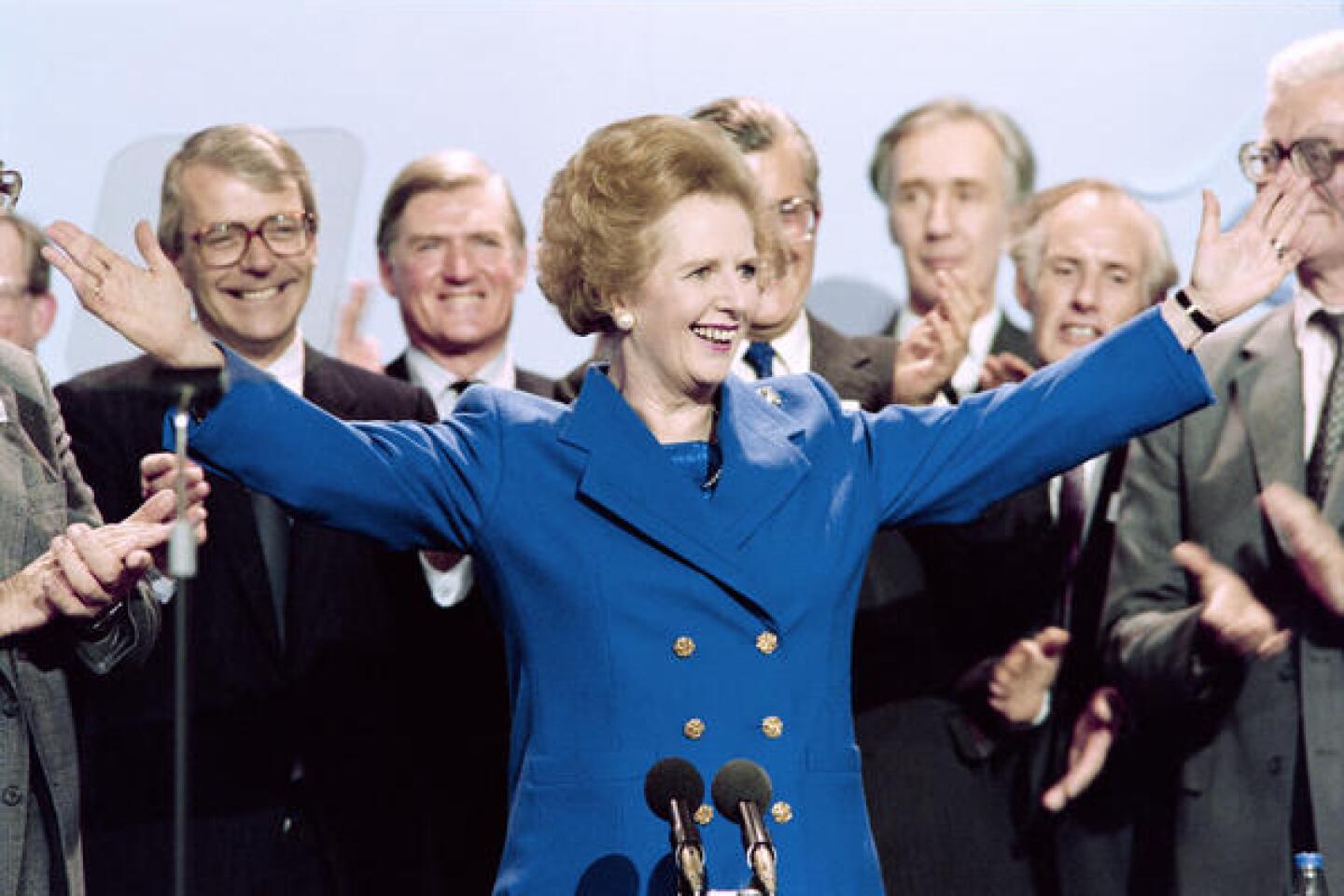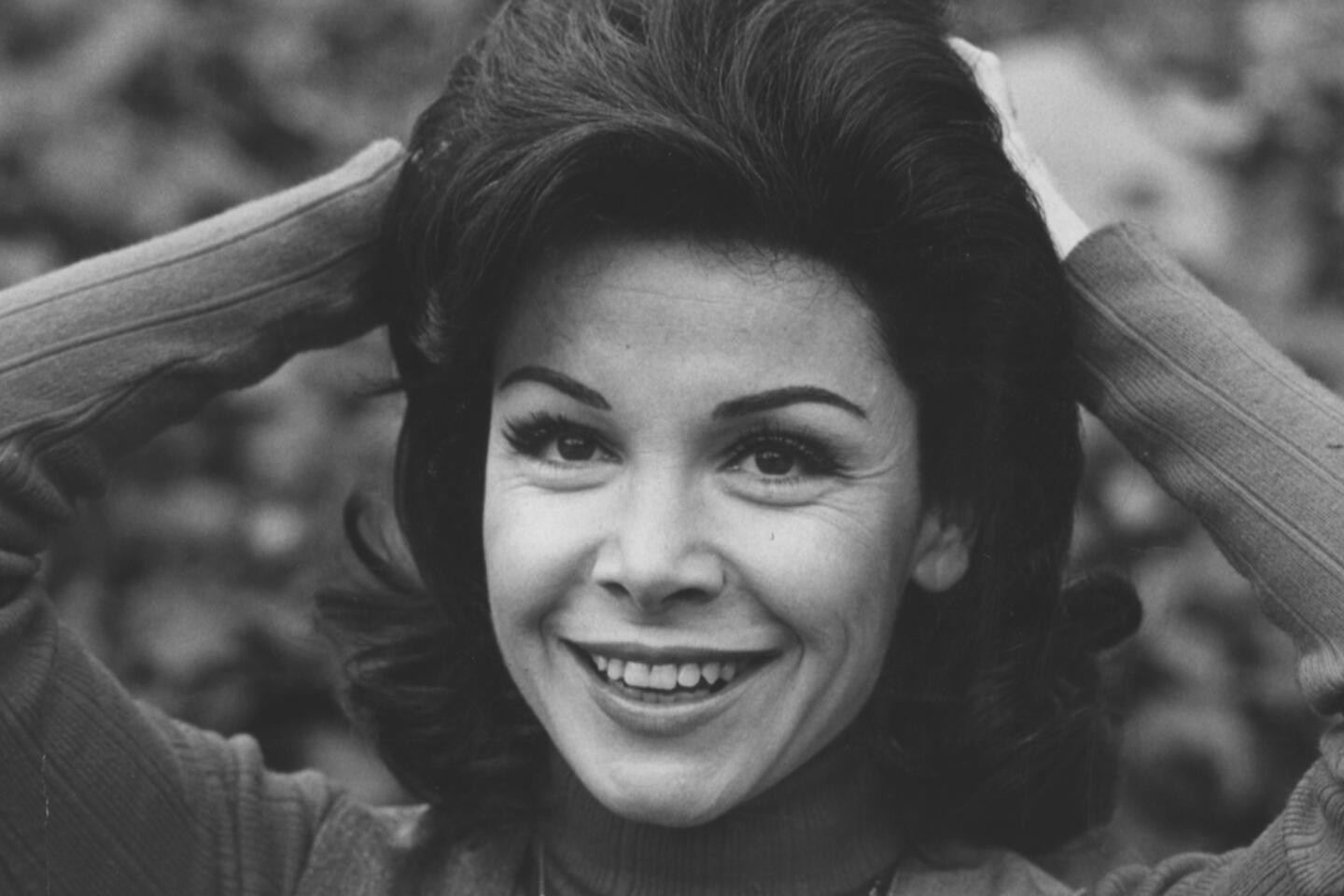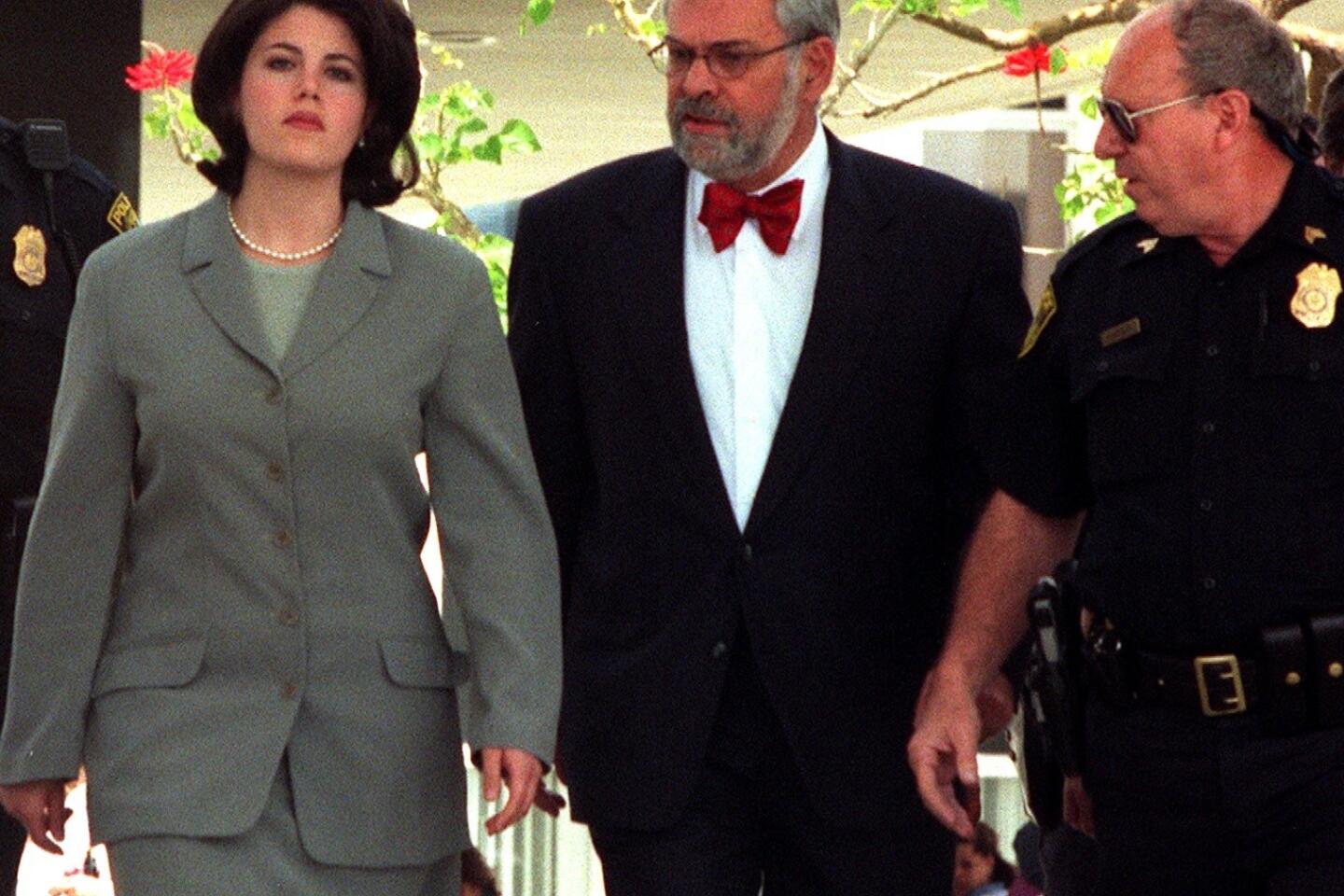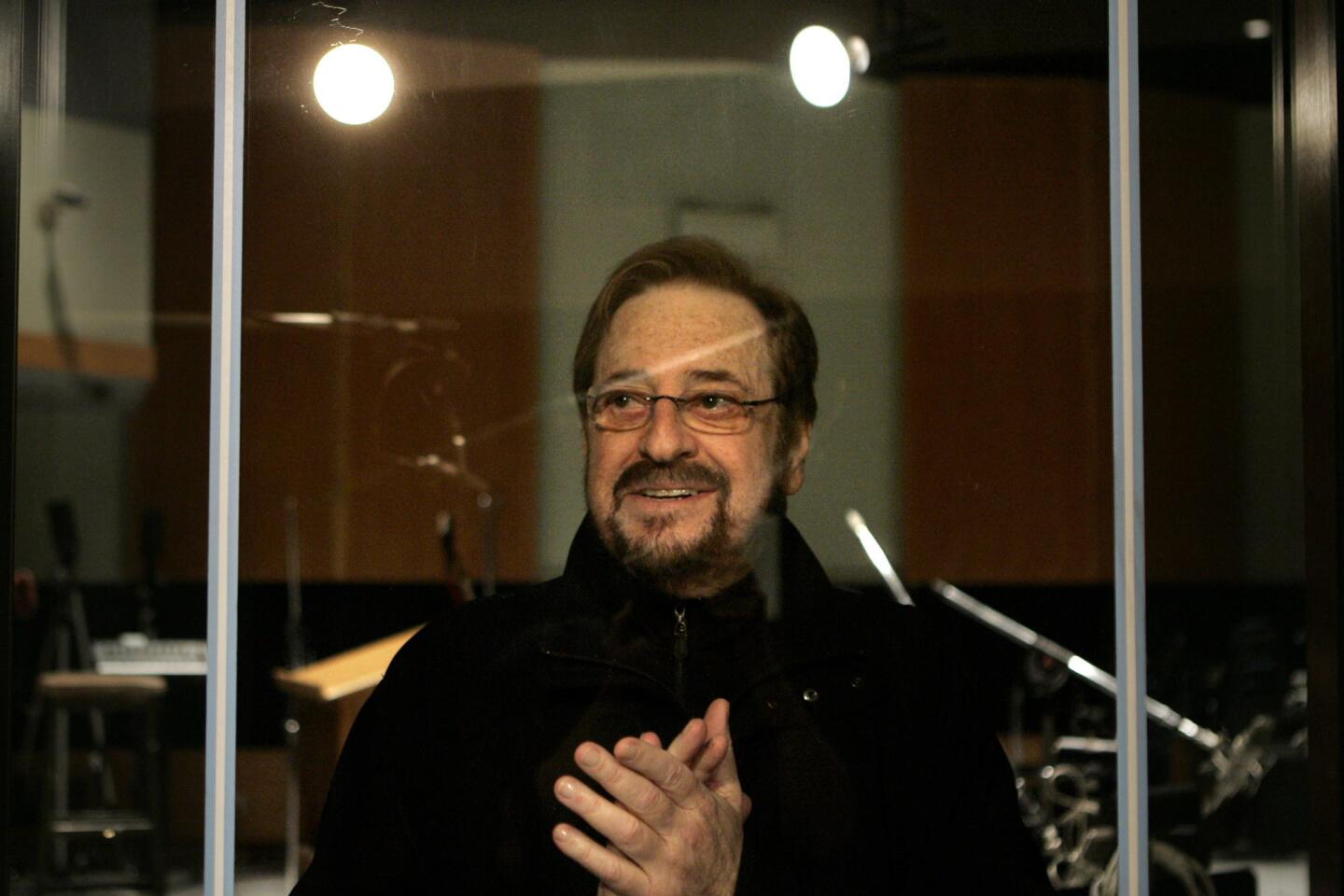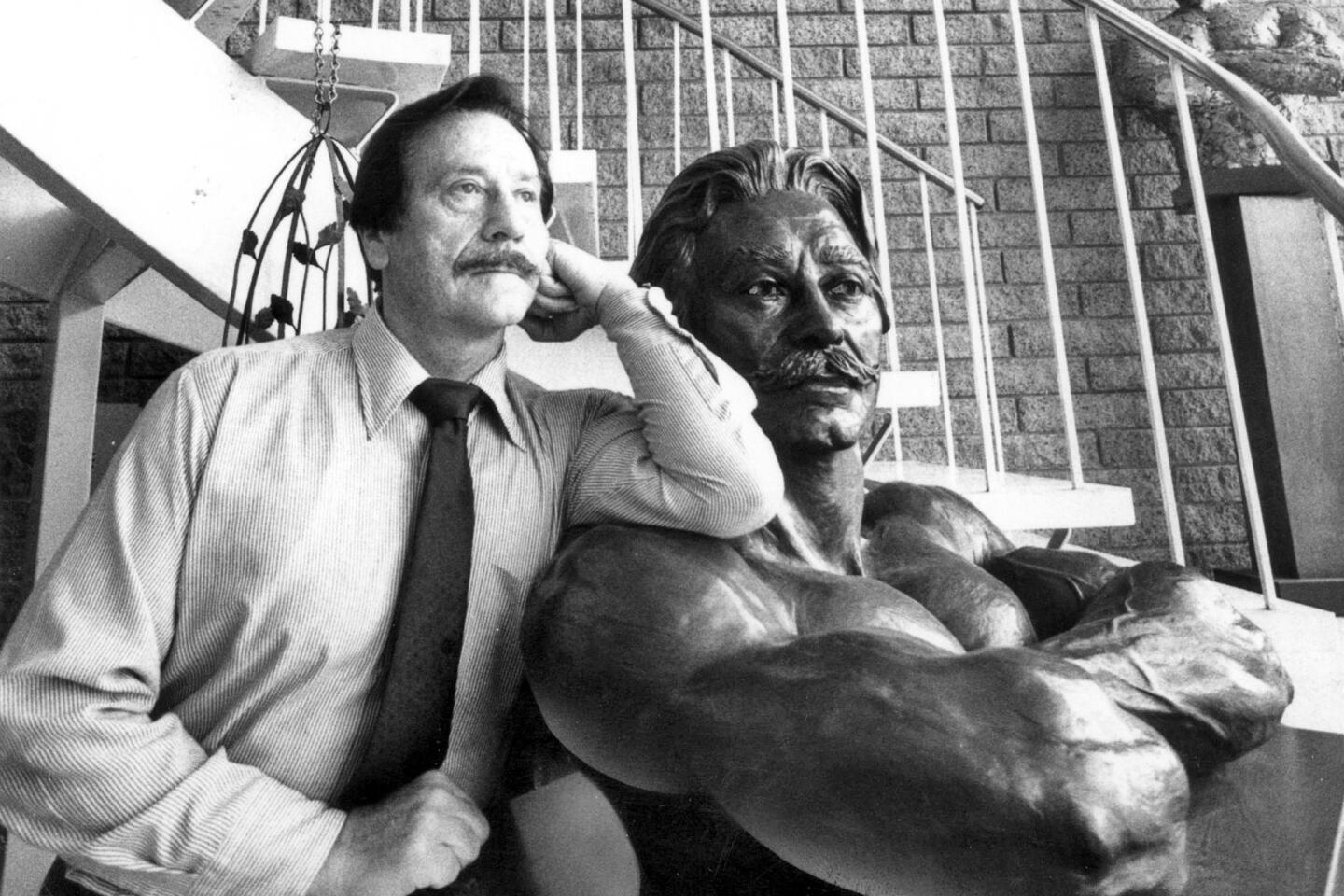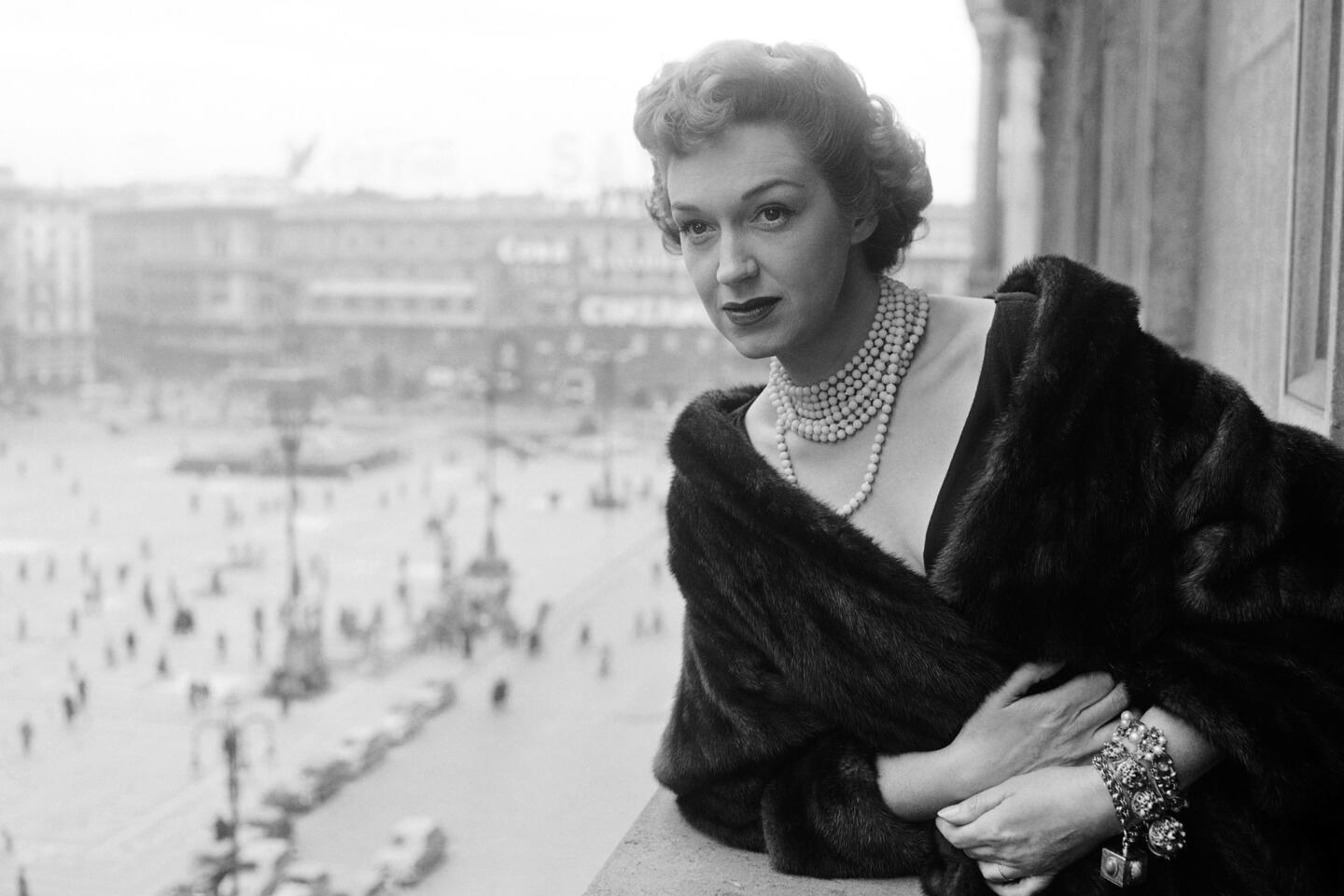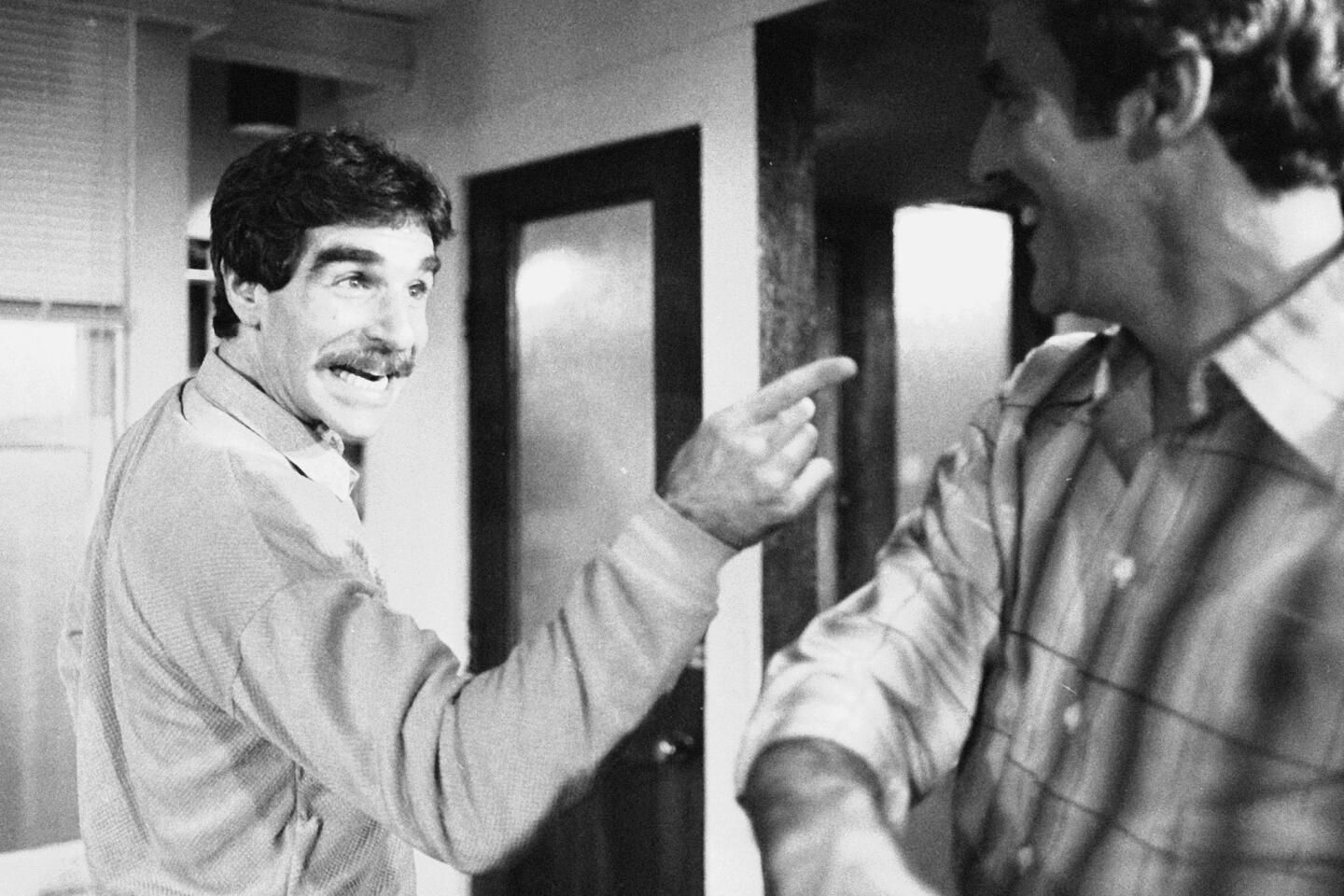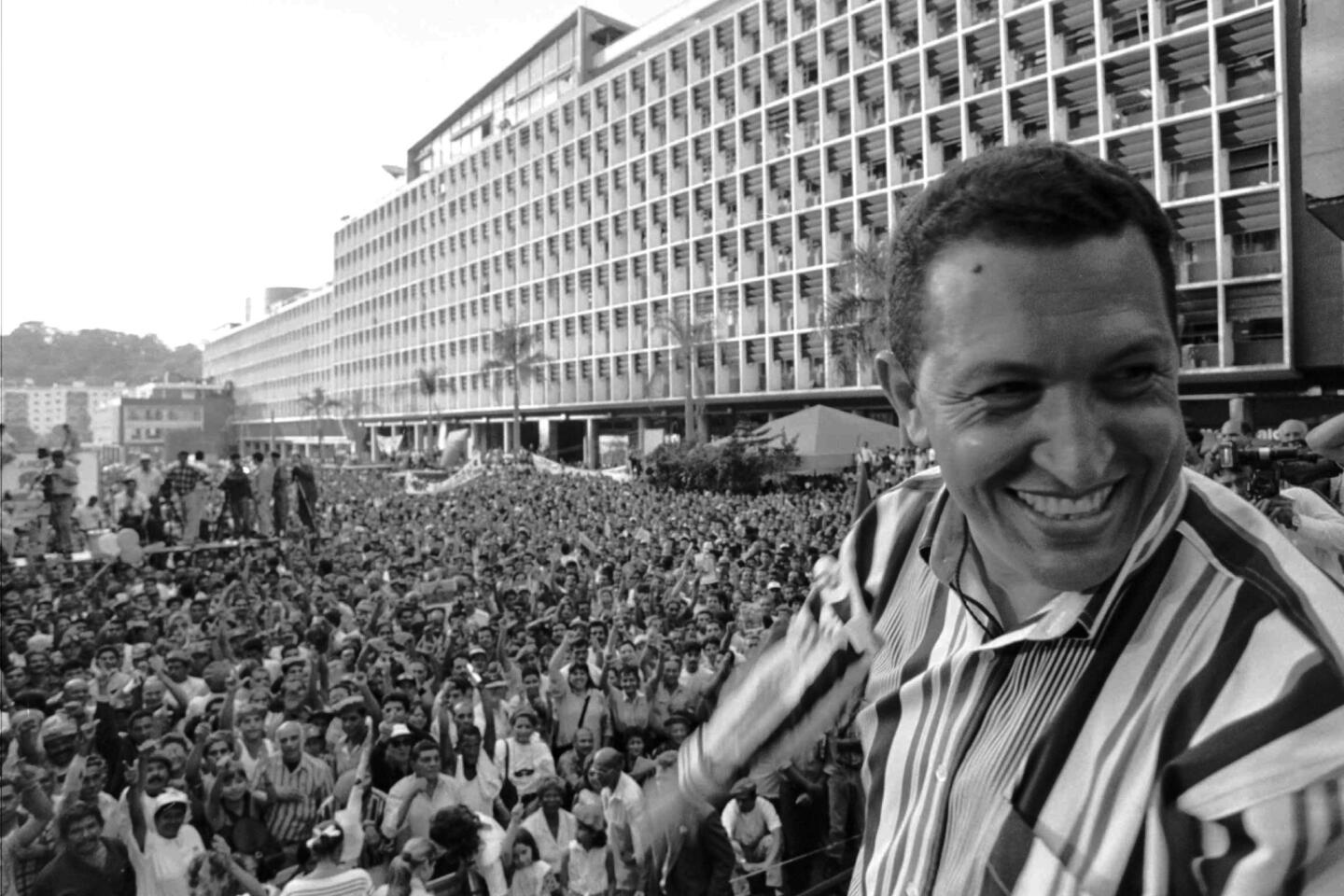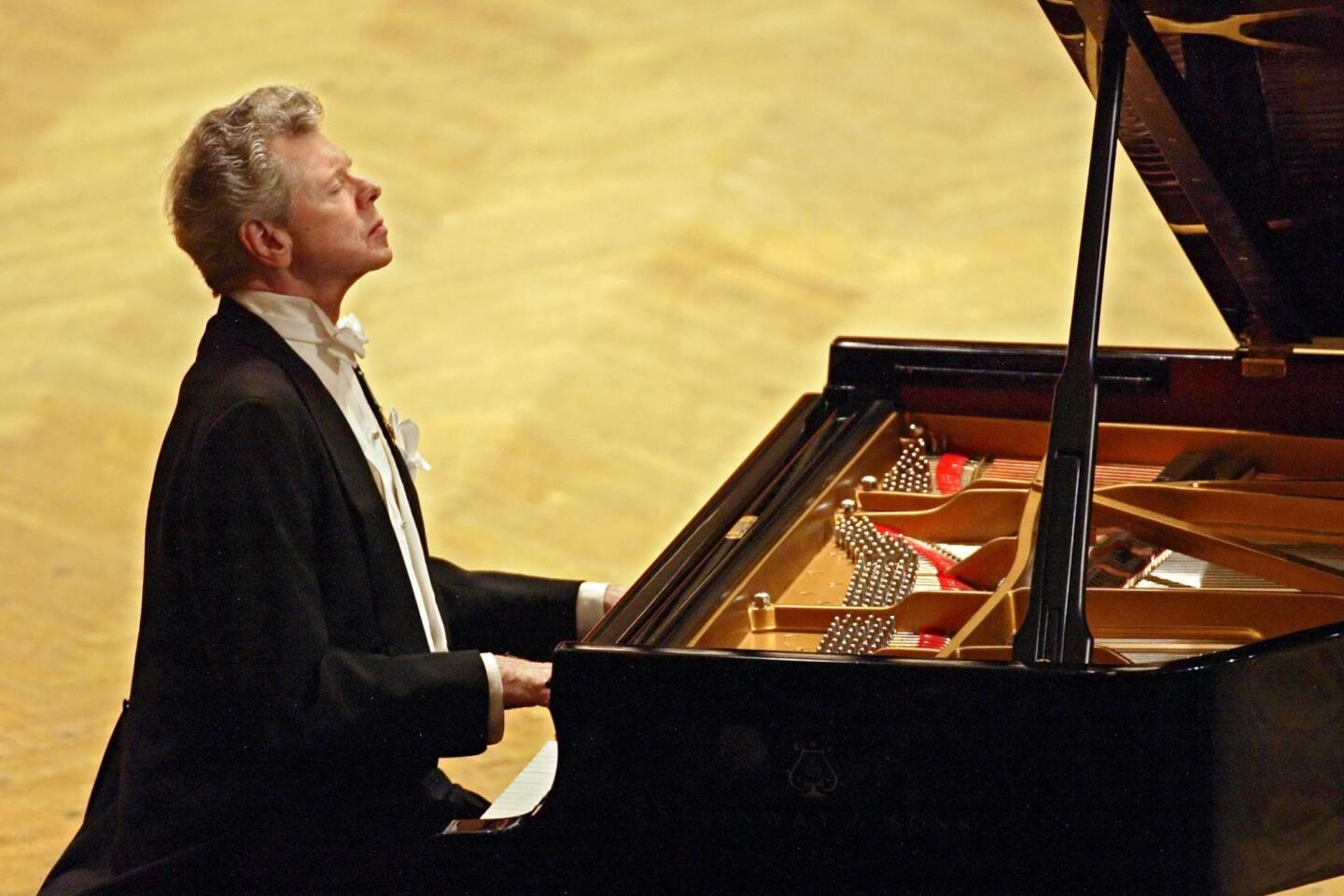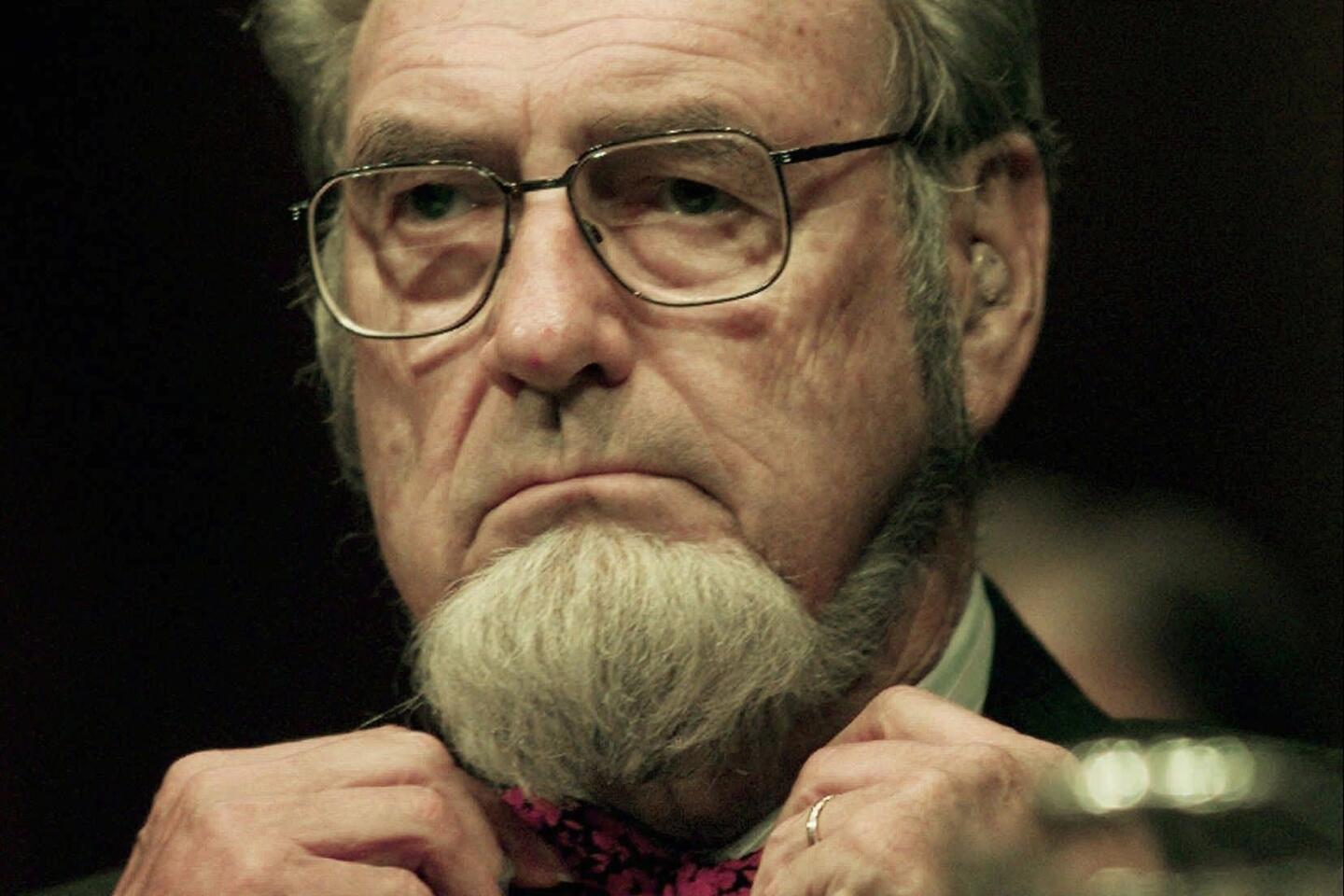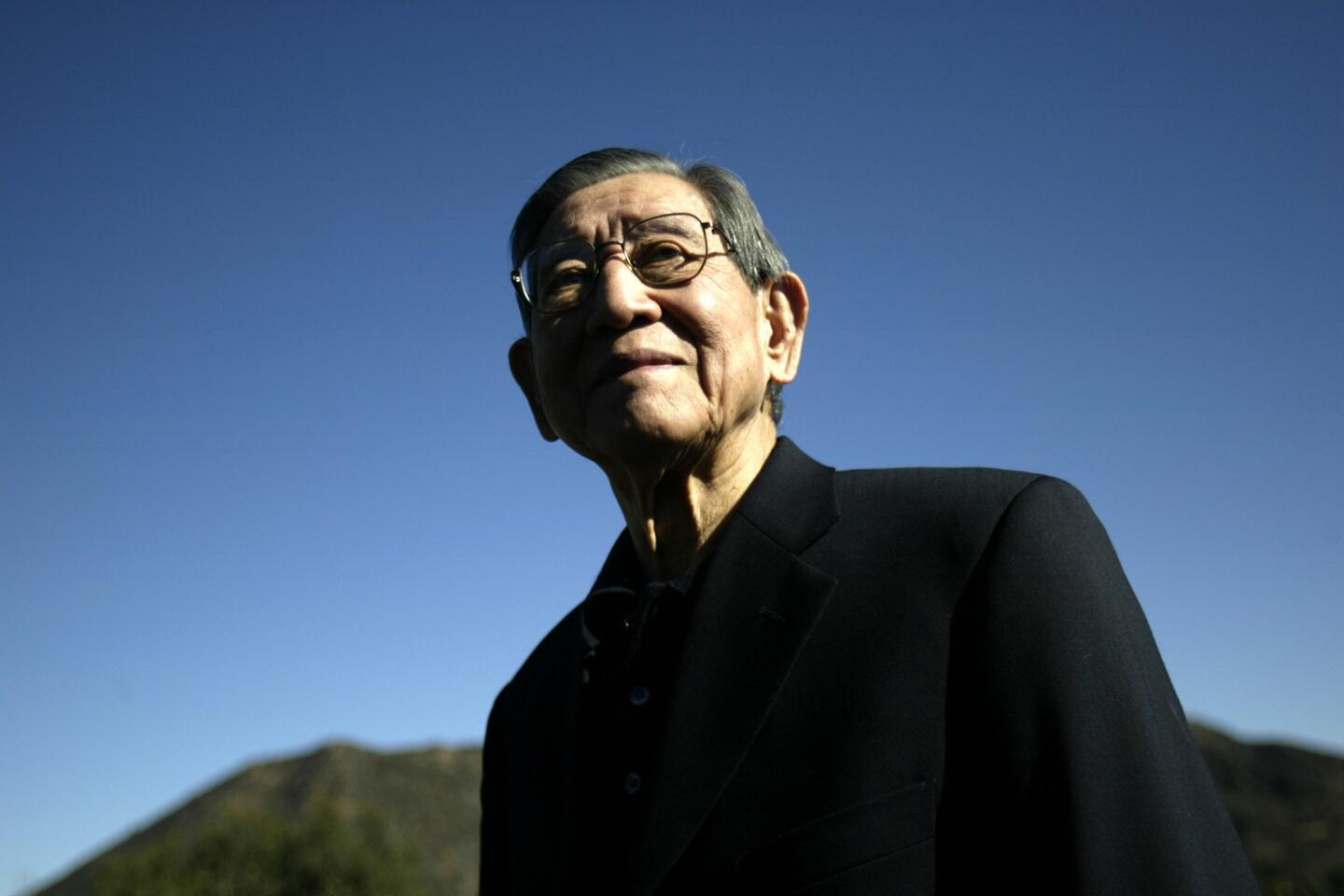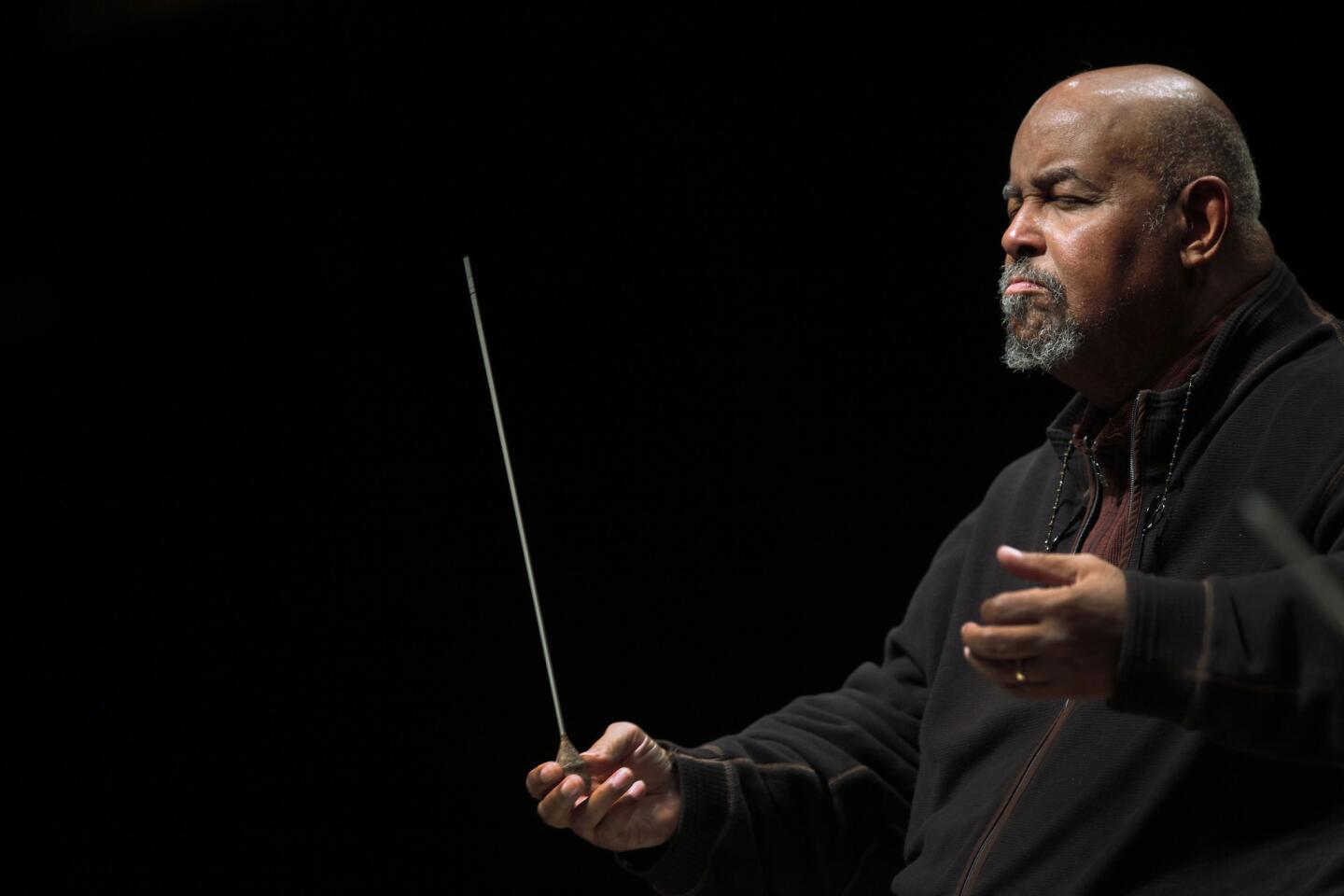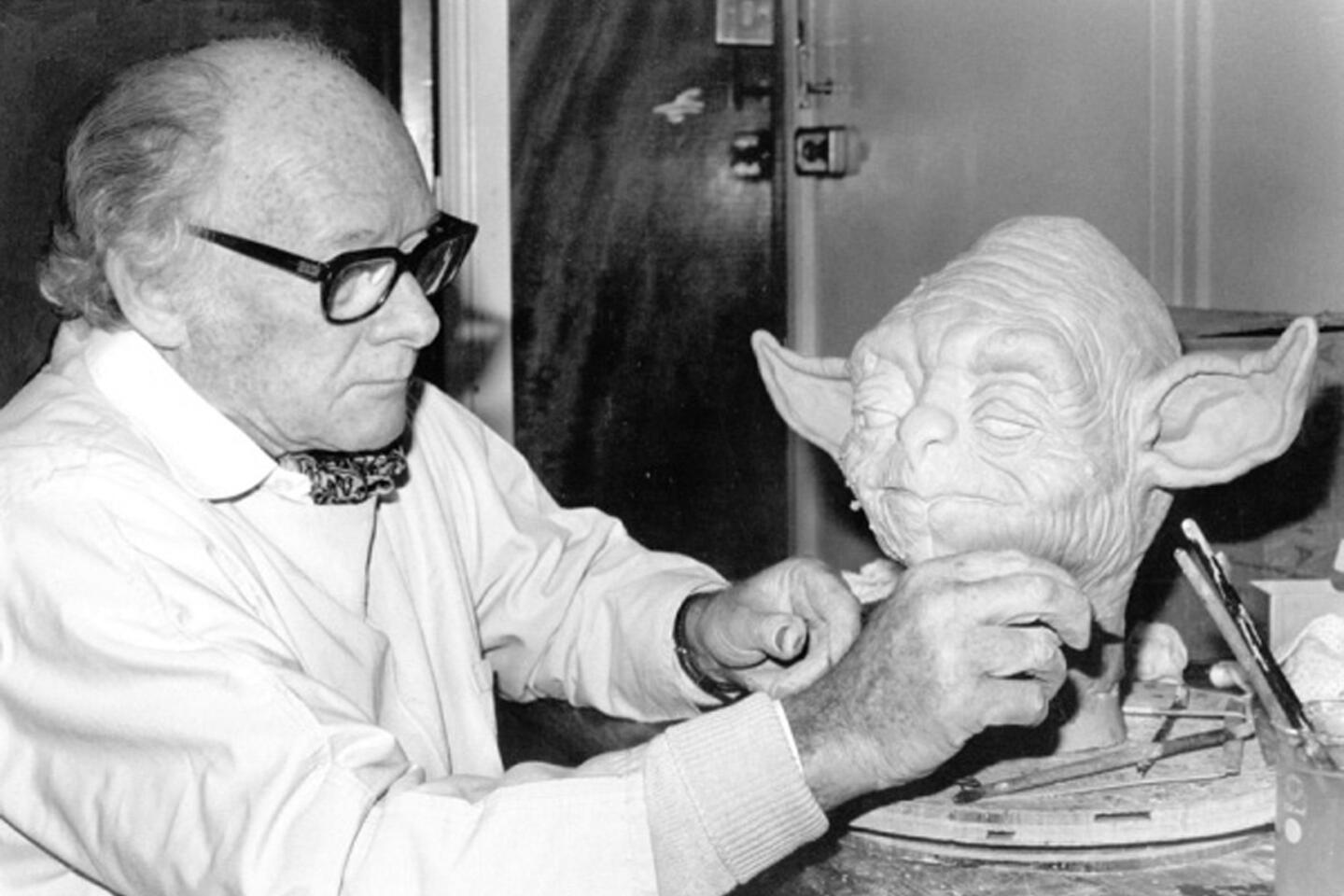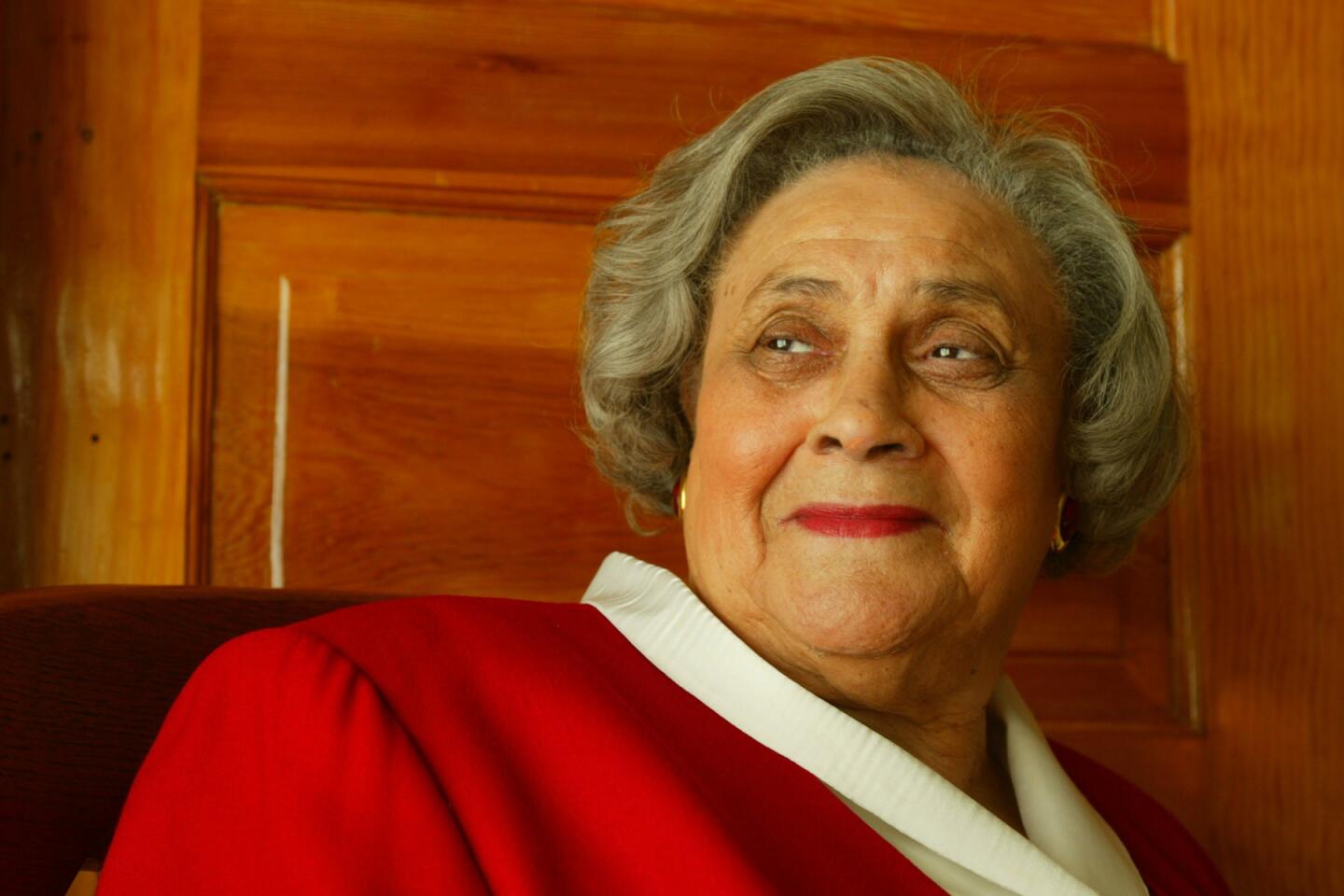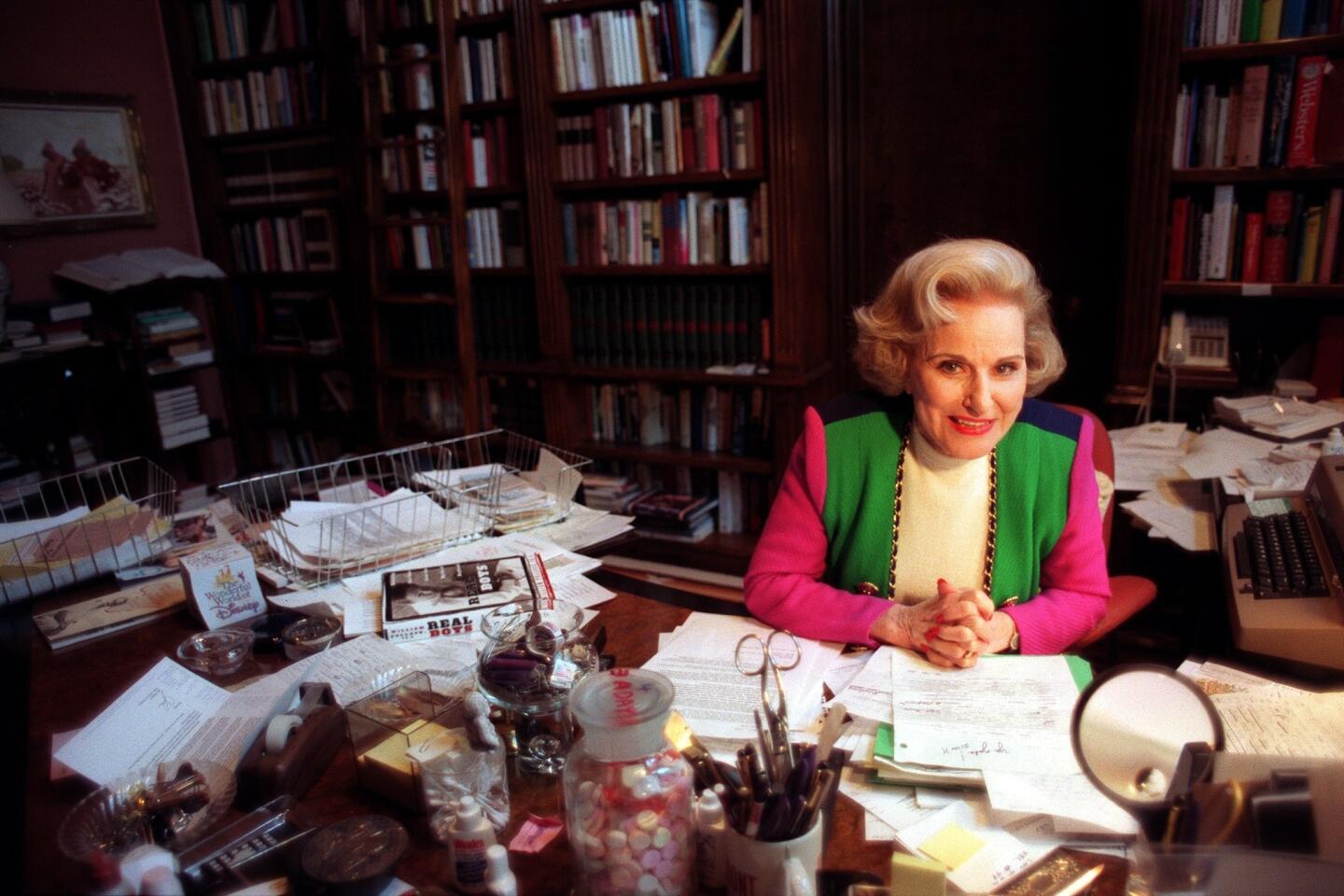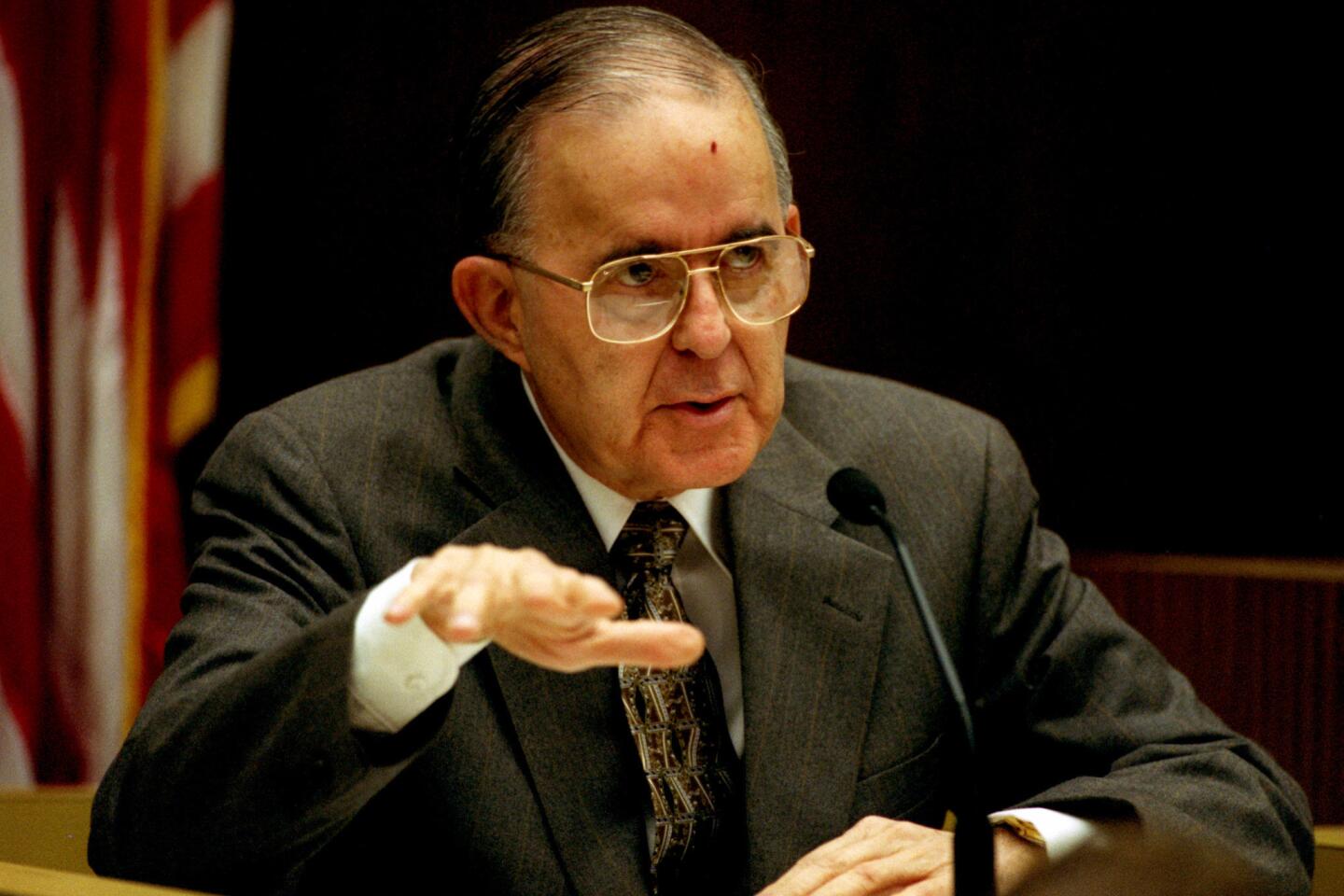PASSINGS: Jim Sweeney, Ira Rubin, Guy Tozzoli
- Share via
Jim Sweeney
Coach transformed Fresno State football
Jim Sweeney, 83, who called Fresno State “a sleeping giant” when he arrived as its football coach in 1976 and then awakened the university — and the region — with 19 years of charismatic and winning leadership, died Friday at a care facility in Fresno. The school announced his death but gave no other details.
“He was a man of vision, toughness and character who led the Bulldogs to new heights and went on to become a national icon,” Fresno State Athletic Director Thomas Boeh said in a statement.
After the 1996 season, Sweeney retired with a school-record 144 victories, and the field at Bulldog Stadium was renamed in his honor. His teams won eight conference titles and five bowl games and exulted in a 24-7 victory over USC in the 1992 Freedom Bowl at Anaheim Stadium.
“Biggest win in the history of Fresno State football — by far,” Sweeney said of the win over USC as he took a victory lap around the field.
The youngest of seven children of a miner, he was born Sept. 1, 1929, in Butte, Mont., and played receiver at the University of Portland.
He began his head coaching career at Montana State in 1963 and held the same position at Washington State from 1968 to 1975. As a head coach at three colleges, Sweeney compiled 200 wins in 32 seasons.
During his tenure at Fresno, the Bulldogs had 35 players selected in the NFL draft. He also briefly served as an assistant coach with the NFL’s Oakland Raiders and St. Louis Cardinals.
With his wife Lucille, he had eight children. His son Kevin, whom Sweeney coached in the 1980s, still holds several quarterback records at Fresno State. Sweeney’s first wife died in 1988; survivors include his second wife, June.
Ira Rubin
Tournament bridge superstar
Ira Rubin, 82, a mathematician and computer programmer who played bridge at the highest level for four decades — and was regarded as one of the great theorists of the game — died Wednesday at a hospice in Edison, N.J.
The bespectacled, 6-foot-3 Rubin was known in the tournament bridge world as the Beast for his fiery intensity. He earned 19 national titles and one world title as a top tournament player for more than four decades, according to the American Contract Bridge League.
Rubin, who gave up his career in his late 30s to focus on bridge, considered bidding skills paramount and sometimes forced a prospective partner to memorize a three-page list of rigid bidding conventions.
Bridge master Alan Sontag wrote in his 2003 memoir that Rubin “was a terror to play with and against. When his partner made a mistake at the table, he rattled windows with his screams,” Sontag wrote, “yet he was most generous with his praise when a hand was played well.”
Born in 1930, he was the only child of a civil engineer and his science teacher wife. Rubin learned to play bridge at age 7 from German immigrants during a vacation in Lake Placid, N.Y., and played in tournaments while attending Bronx High School of Science. He received bachelor’s and master’s degrees from New York University, where he studied electrical engineering and math.
His wife Harriet’s work as a speech pathologist allowed Rubin “to pursue his passion” for bridge, said his son, Eric.
Guy Tozzoli
Led development of World Trade Center
Guy Tozzoli, 90, an official with the Port Authority of New York and New Jersey who supervised the development of New York City’s original World Trade Center and then witnessed its destruction, died Feb. 2 in Myrtle Beach, S.C.
The World Trade Centers Assn. announced his death but did not give a cause. In 1970, he founded the association dedicated to furthering global trade and led it for four decades.
As director of World Trade Center Development for the Port Authority in the 1960s, Tozzoli oversaw the design and construction of the 110-story towers that were the world’s tallest buildings from their dedication in 1973 until the terrorist attack that felled them.
Tozzoli was credited with bringing Japanese architect Minoru Yamasaki to the project. He also fought for the famous Windows on the World restaurant to be included in the north tower, and it was his idea to use dirt excavated for the trade center as landfill to build Battery Park City.
Born Feb. 12, 1922, in North Bergen, N.J., Tozzoli joined the Port Authority in 1946 and, except for military service during the Korean War, spent his career there. In the 1950s, he helped design the world’s first container port in Newark, N.J. Tozzoli retired from the Port Authority in 1986 but maintained an office at the trade center, where the agency was headquartered.
He was about to enter the Holland Tunnel heading into Manhattan from New Jersey when hijacked planes struck the towers on Sept. 11, 2001. He saw the smoking north tower and then watched in horror as the second plane hit the south tower, destroying the project that had been his life’s work.
-- Los Angeles Times staff and wire reports
More to Read
Start your day right
Sign up for Essential California for the L.A. Times biggest news, features and recommendations in your inbox six days a week.
You may occasionally receive promotional content from the Los Angeles Times.
